The stunning view is certainly a great reward as well as eating a homemade pizza along with it. Yes, the refuge staff makes a delicious pizza!
Last summer, we decided to spend our time in the mountains instead of going to the beach as we usually do. Our beautiful country is not sparse on it’s share of mountains, in fact the whole western limit with Chile is the Andes mountain range itself, spanning 3500 kilómetres from North to South and going through 11 of our provinces with their diverse climates and atractives. Chosing is always hard when you have so many options. We decided to follow our heart down South and visit El Bolsón, where a dear friend had recently moved down to.
This encanting place is localed on the southeast end of the Río Negro province, right next to the limit with Chubut, 1.710 kilómetres away from the city of Buenos Aires where we live. The drive takes roughly 20 hours, which means you must carefuly plan the road trip, programming the number of stops to rest on the way. An overnight stop to sleep and refresh is almost compulsory. It’s also advisable to take turns driving since it is quite tiring, specially the stretches of road that cross La Pampa province and when you reach the mountainous area.
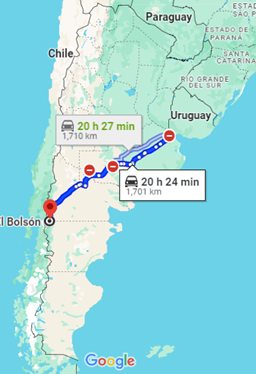
The road trip itself would deserve it’s own article, something I might write in the future. For now, let’s get to our destination: El Bolsón, which literaly means large bag and is called this way because the area is located within an enchanted valley surrounded by mountains. These provide shelter creating a temparate microclimate which along with the rivers on each side of the valley: Azul and Quemquemtreu favour the presence of magical forests, as well as the growth of fruit trees and varied berry bushes.
For centuries, these characteristics have attracted all kinds of settlers, from the native peoples, nomad hunter gatherers that have been called Tehuelches by their Mapuche neighbours, to the arrival of the first european and criollo settlers around the end of the 19th century, to the more recent hippie communities around the 70s. The magic of this lovely place continues to attract new inhabitants every year whether seaking for a new life or running away from their old one. If you are interested in History, you can find a very brief summary in English as a starting point at: https://www.welcomeargentina.com/elbolson/history.html
Let’s get back to the present… It was a really warm day when we arrived at our lodging, a small group of log cabins located on the slope of the magestic Piltriquitrón. We were ever so glad they had a pool. After our long trip, all we longed for was a dip in the water. We hurried to get our swin suits on and dived in. Wow! The view was simply stunning and to enjoy it from inside the sparkling water made us feel ever so blessed.
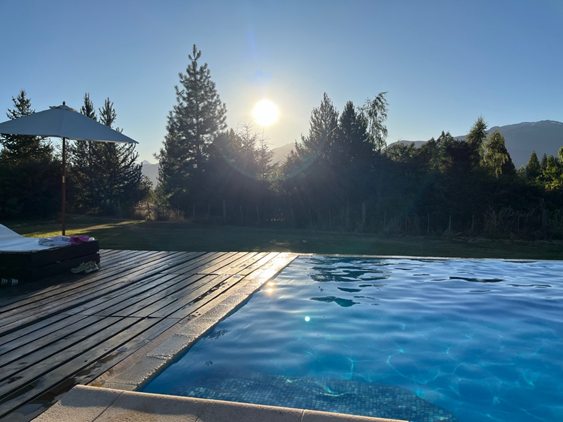
After a good nights rest we were ready to start exploring the area. Our friends recommended we go to “El Hoyo” a few kilómeters away and visit: Laberinto Patagonia. This is the largest labyrinth in South America, with an extention of over 2000 metres of live grown fences. It is designed with several doors along each path which can be opened or closed at will, constantly transforming the maze. Repeat visitors will never get bored and no one can advice you on which path will take you out: no cheating! The maze has two parts: The first one, once you escape, takes you to an internal patio where you find nine entrances, but only one of them will get you to the exit. This is where it gets tricky! All I can say is that you’ll walk a lot, make sure to use sunscreen and preferably a hat. Everyone has their own way of experiencing the maze, you can choose to walk around alone allowing yourself to get lost as a form of meditation, to compete with your group members or collaborate with eachother, and see which strategy gets you out faster. Either way, a visit is a must if you are ever in the area. If you happen to be there at lunchtime, I really recommend “Sidra”, a restaurant located just outside which offers gourmet dishes, airconditioning to cool down after your walk in the sun through the maze, and stunning views of El Hoyo town and surrounding area.
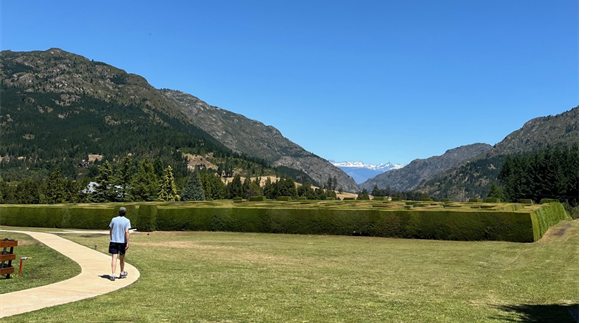
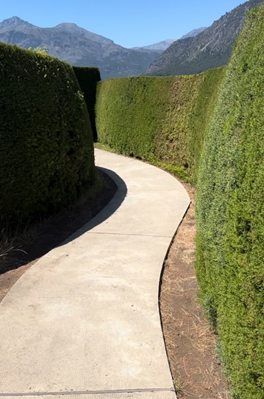
In the afternoon, we met our friends at one of the Lago Puelo beaches which is inside a private camping called: “El Desemboque”, located where the Azul river meets the Puelo lake. It’s a lovely place with parking, restaurant and services, you can spend the day or camp for the night. The lake waters are much warmer than in other places because it’s a secluded bay and swimming is pretty enjoyable. The only downside is that, as you can see in the picture, it’s a pebbled beach, so you either use some kind of footwear, crocs are ideal, or you´ll feel the rocks constantly “massage” the soles of your feet. Also, make sure to take a towel to sit on as the pebbles get quite hot in the sunlight. The day ended drinking mate and catching up with our friends while watching the sunset transform the colors of the scenery.
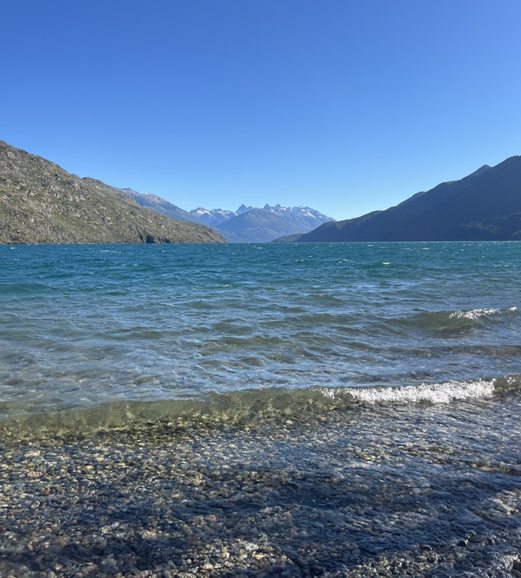
The next day, we were up for a little adventure and decided to hike up to the Piltriquitrón mountain refuge. We went up to the base by car and then walked up the trail, with stunning views of the area the more breathtaking, the higher you get.
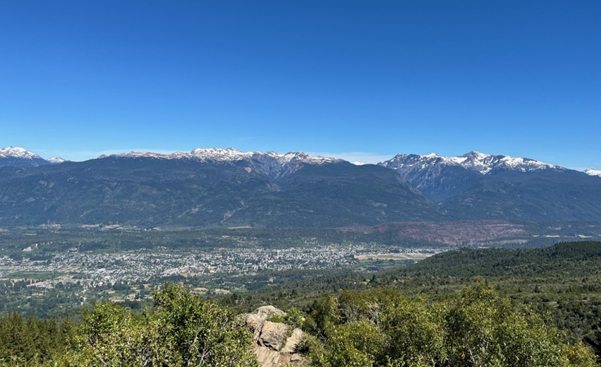
Half way up, there is a sculture garden called “Bosque tallado” (carved forest), where diverse artworks are exposed, these have been carved into the log of trees that were dammaged in forest fires thus giving them a new life. Find a picture of one of my favorites below. What do you think it symbolizes?
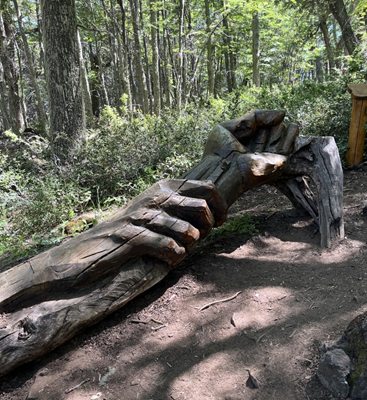
You can choose to visit the sculpture garden, for a fee, or continue up to the mountain refuge or both such as we did. The second part of the hike seemed a bit more straining but totally doable, even on a warm day. And the stunning view is certainly a great reward as well as eating a homemade pizza along with it. Yes, the refuge staff makes delicious pizza! After that we were ready for the walk down to the parking lot. Others were more adventurous and would hike up to the top, but that would have meant either an early start or sleeping at the refuge, this time we were happy to get where we were. Now we have a great excuse to return!
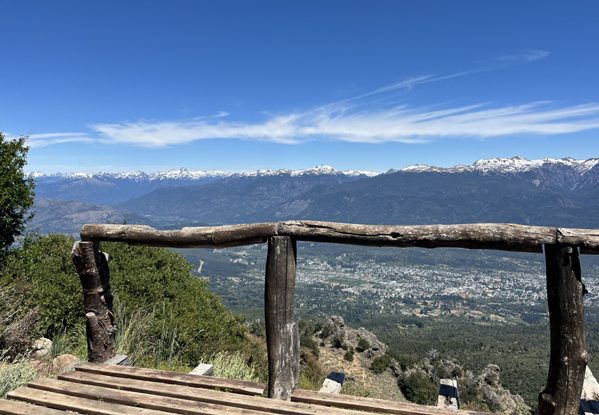
There is so much more to see and do around the area, that I must just have to leave it for the next article.
Stay tunned!
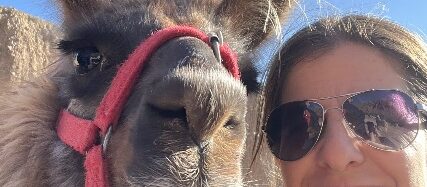
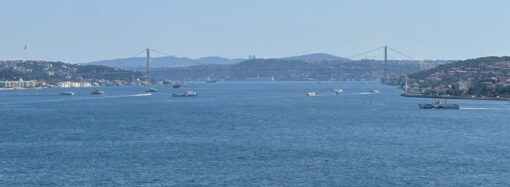
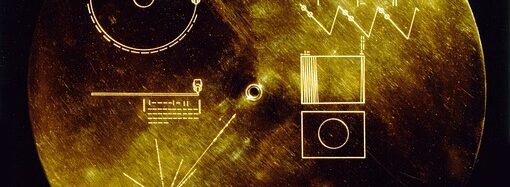
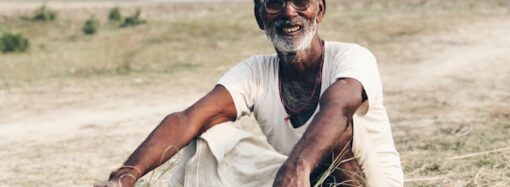
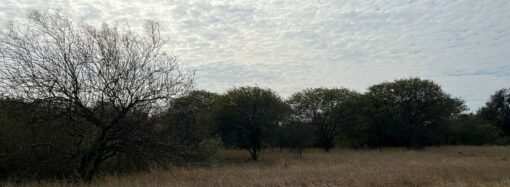
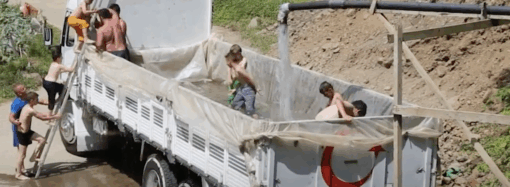

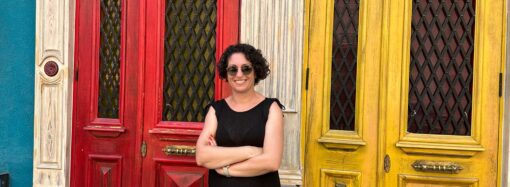
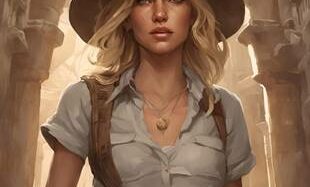

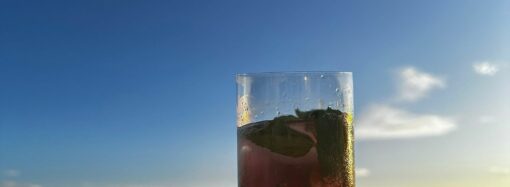
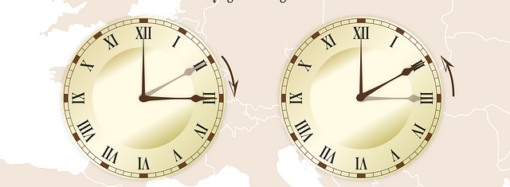
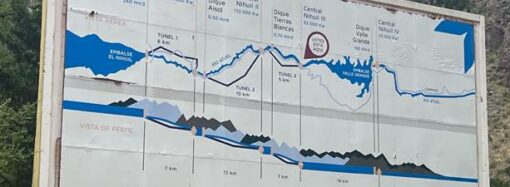


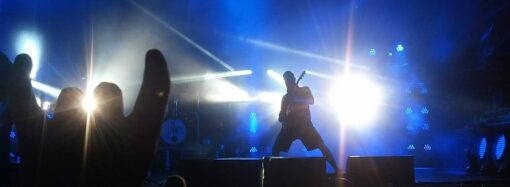
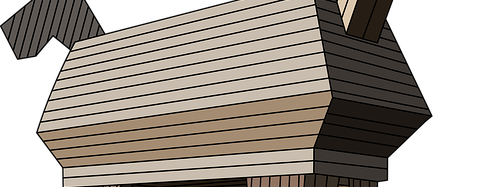
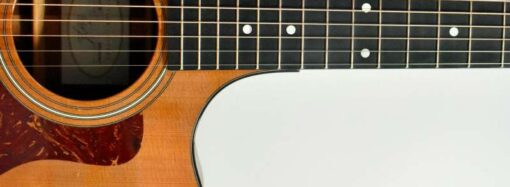
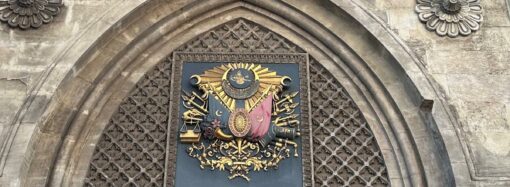


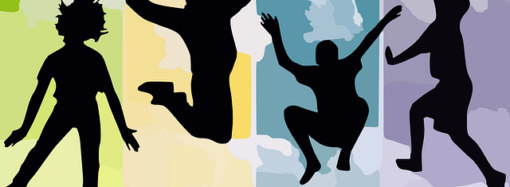



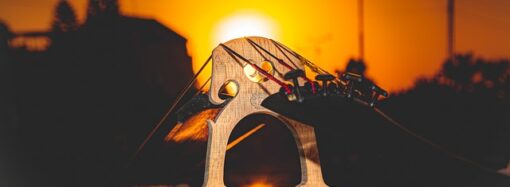
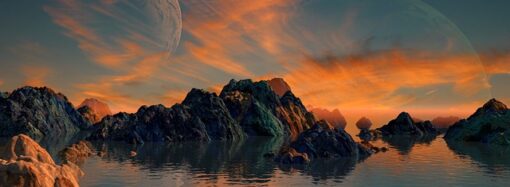
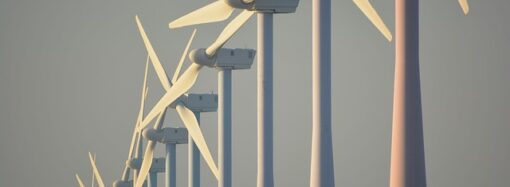
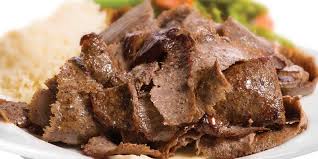



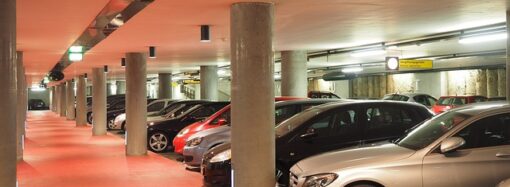
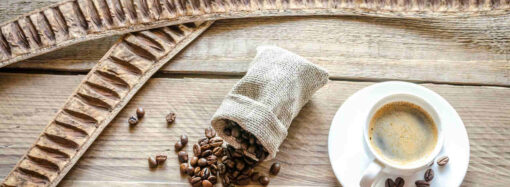
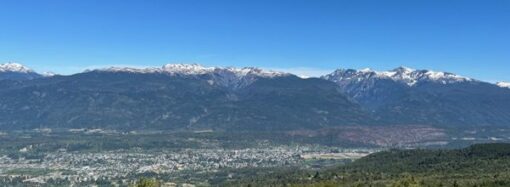
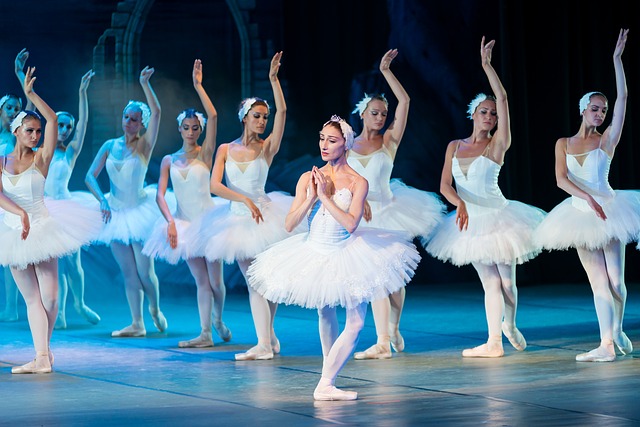

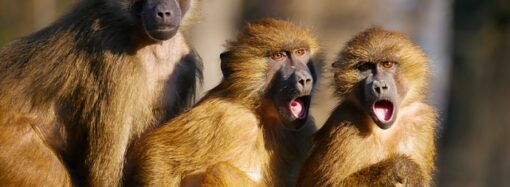

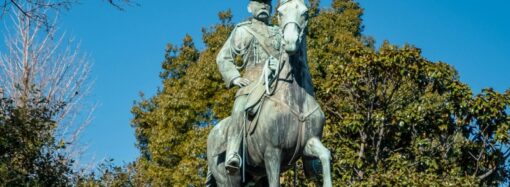
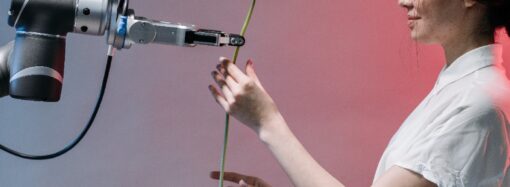
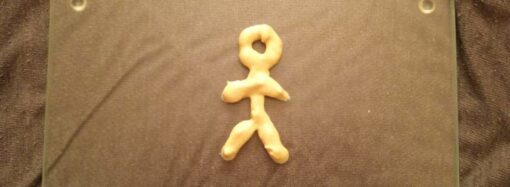



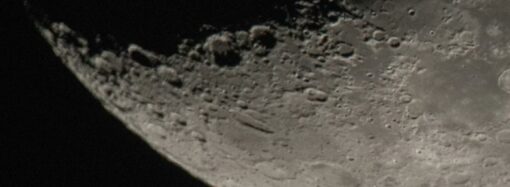
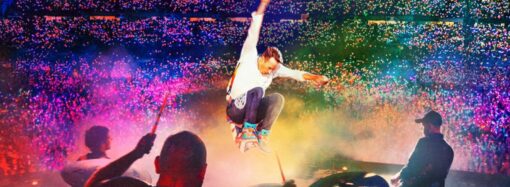
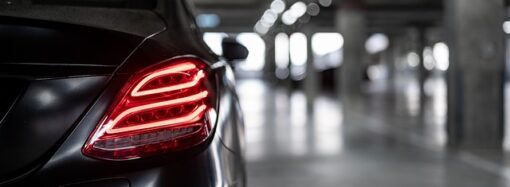


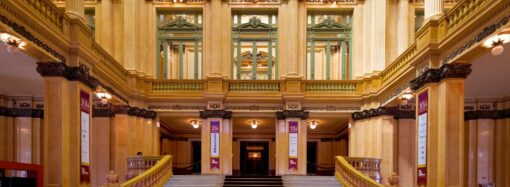
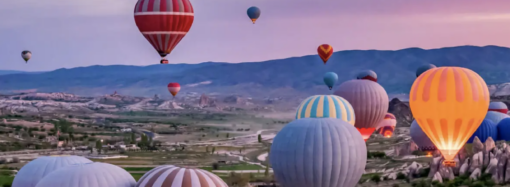

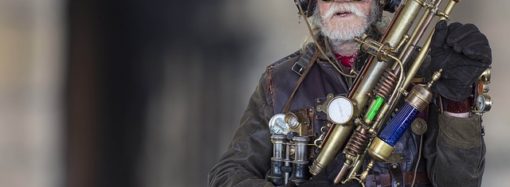
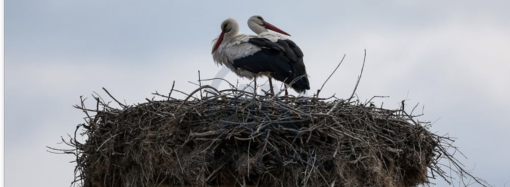
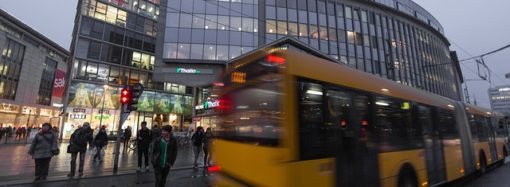
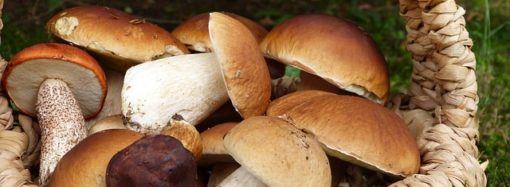

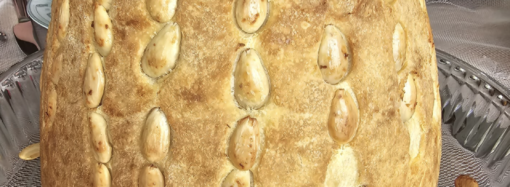
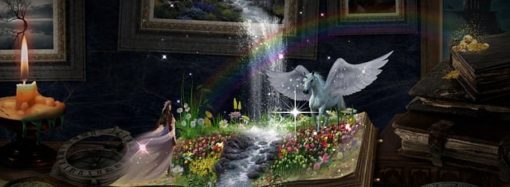




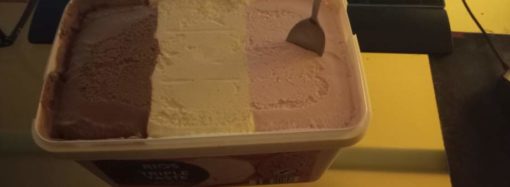
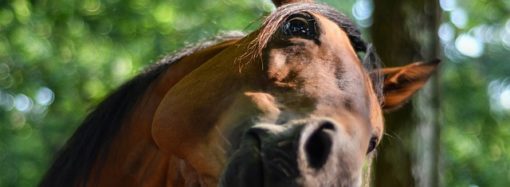
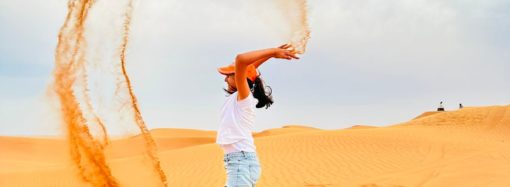
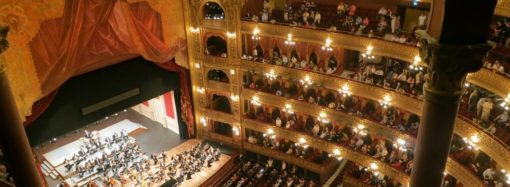

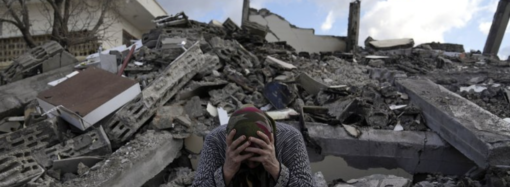

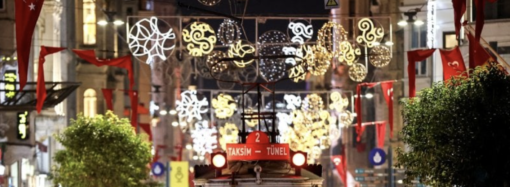
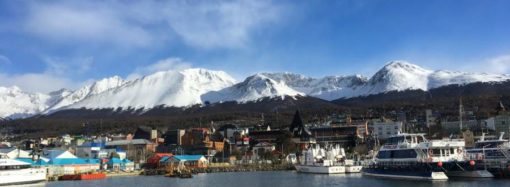
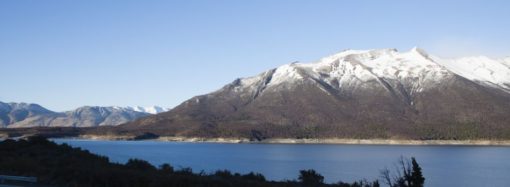
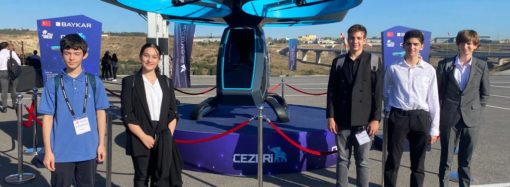
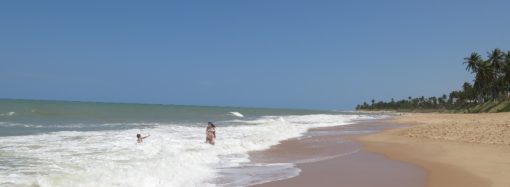
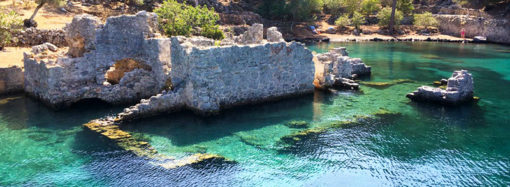
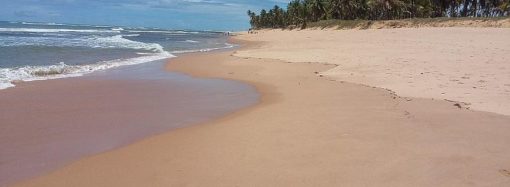
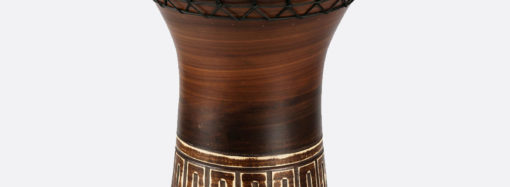
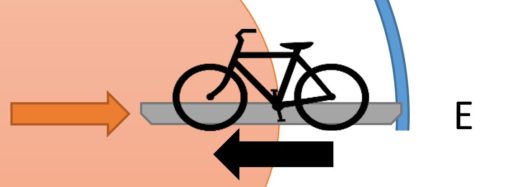
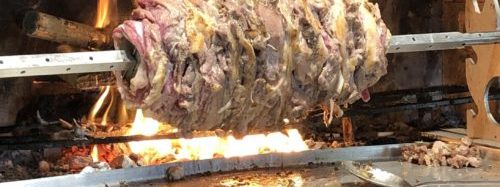
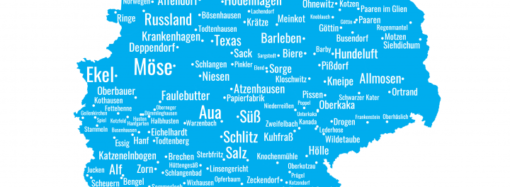

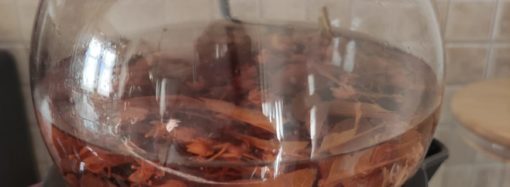
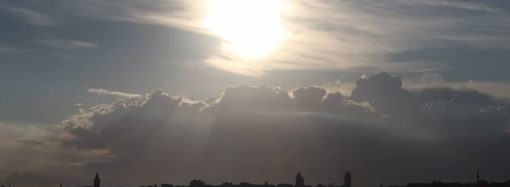
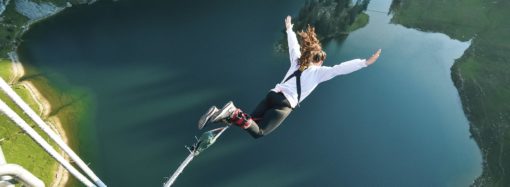





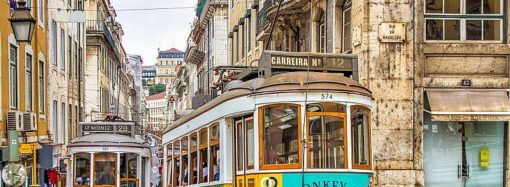

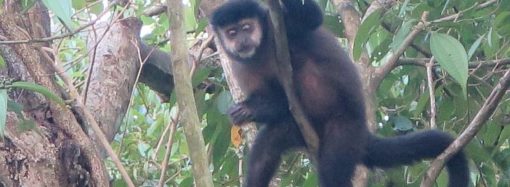

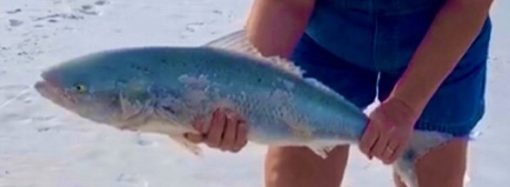


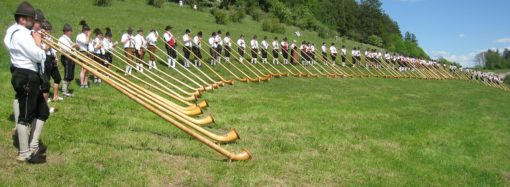
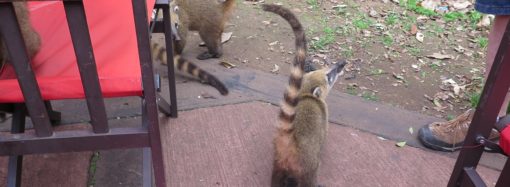



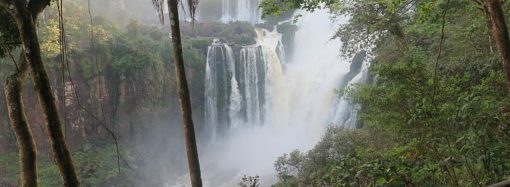
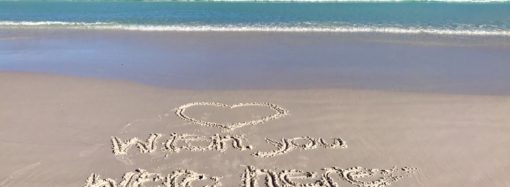
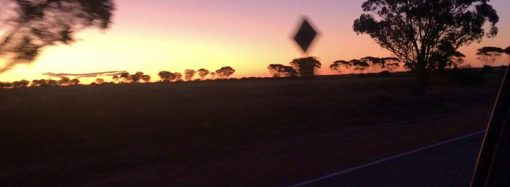

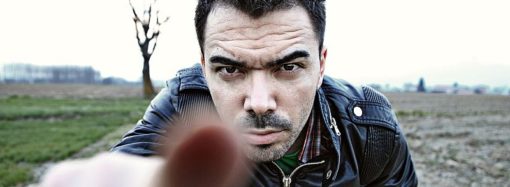
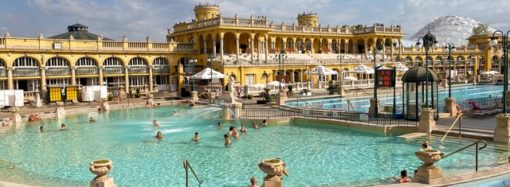
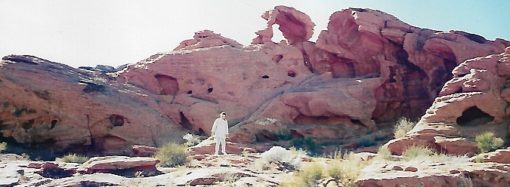


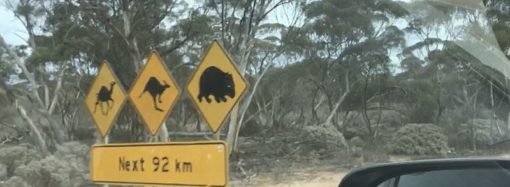
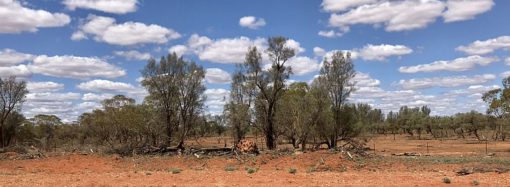
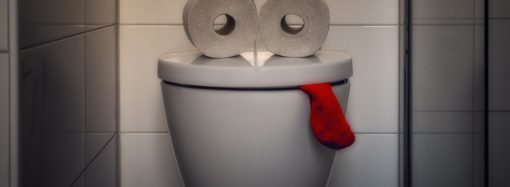
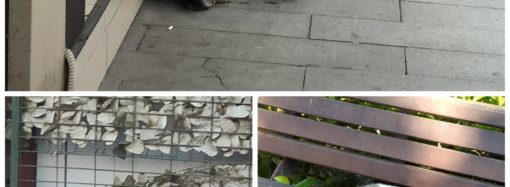

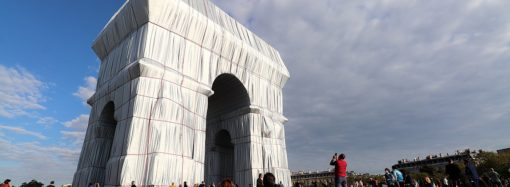
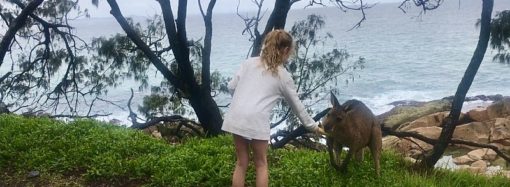
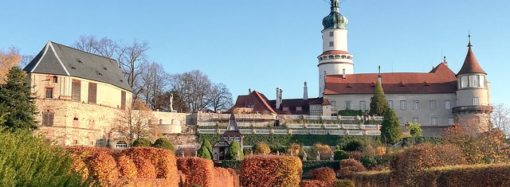
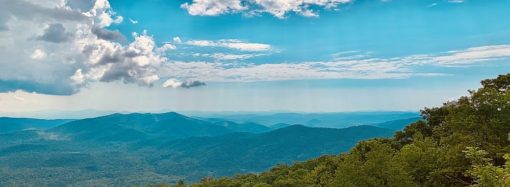
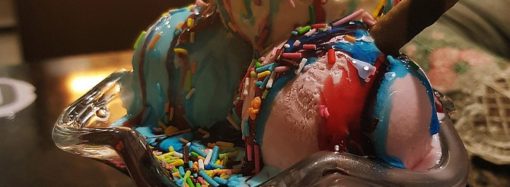
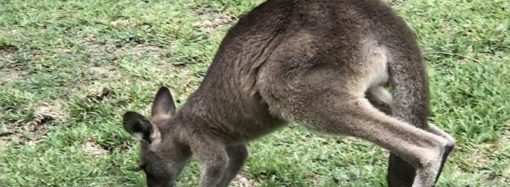

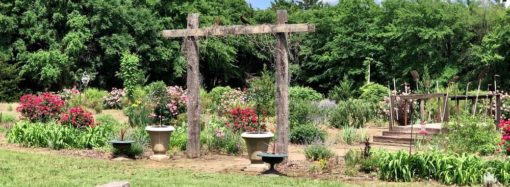


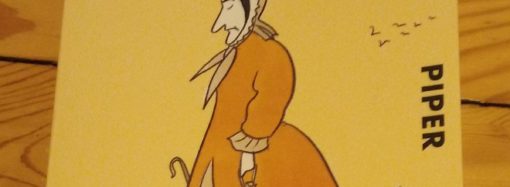
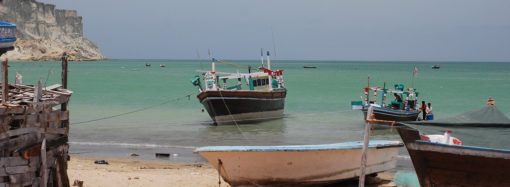
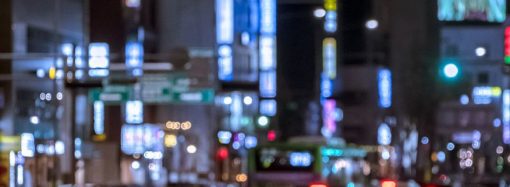

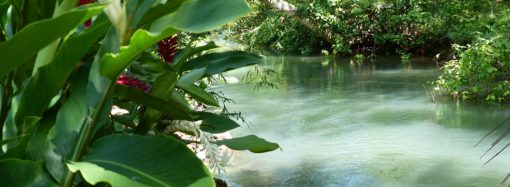


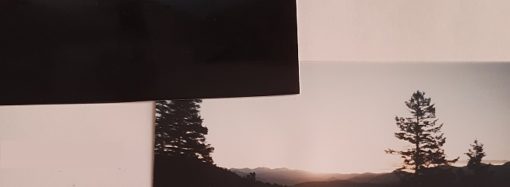

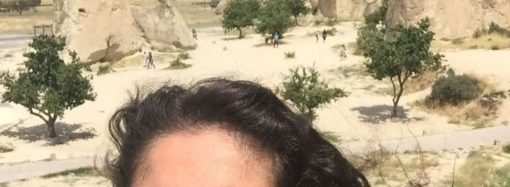
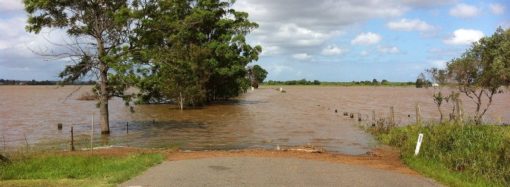
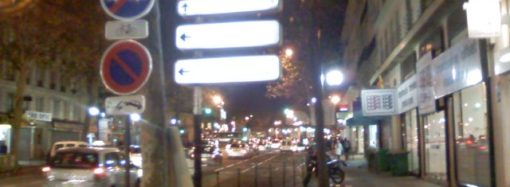
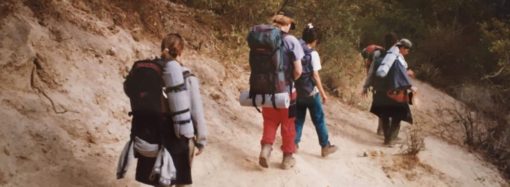
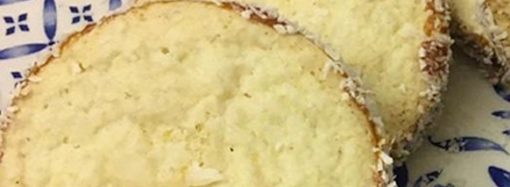

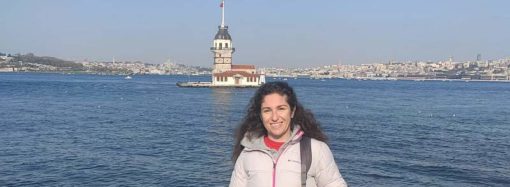
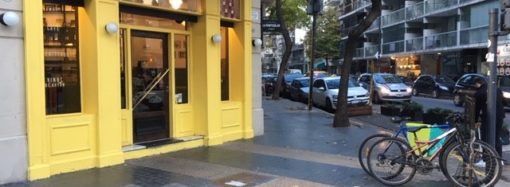
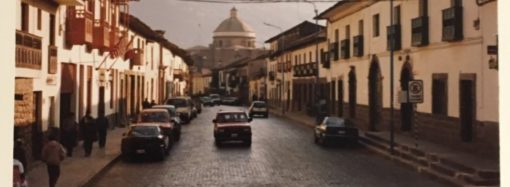
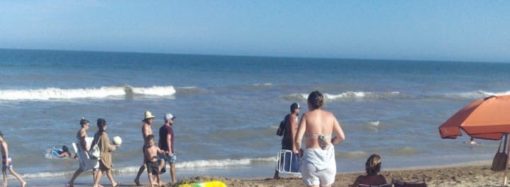
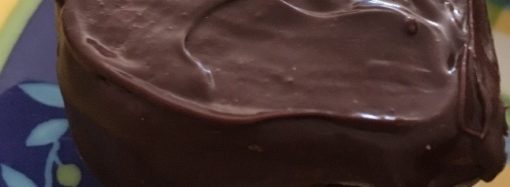
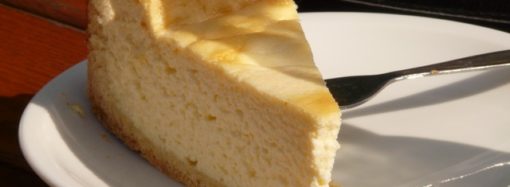

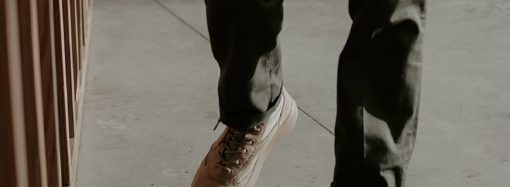
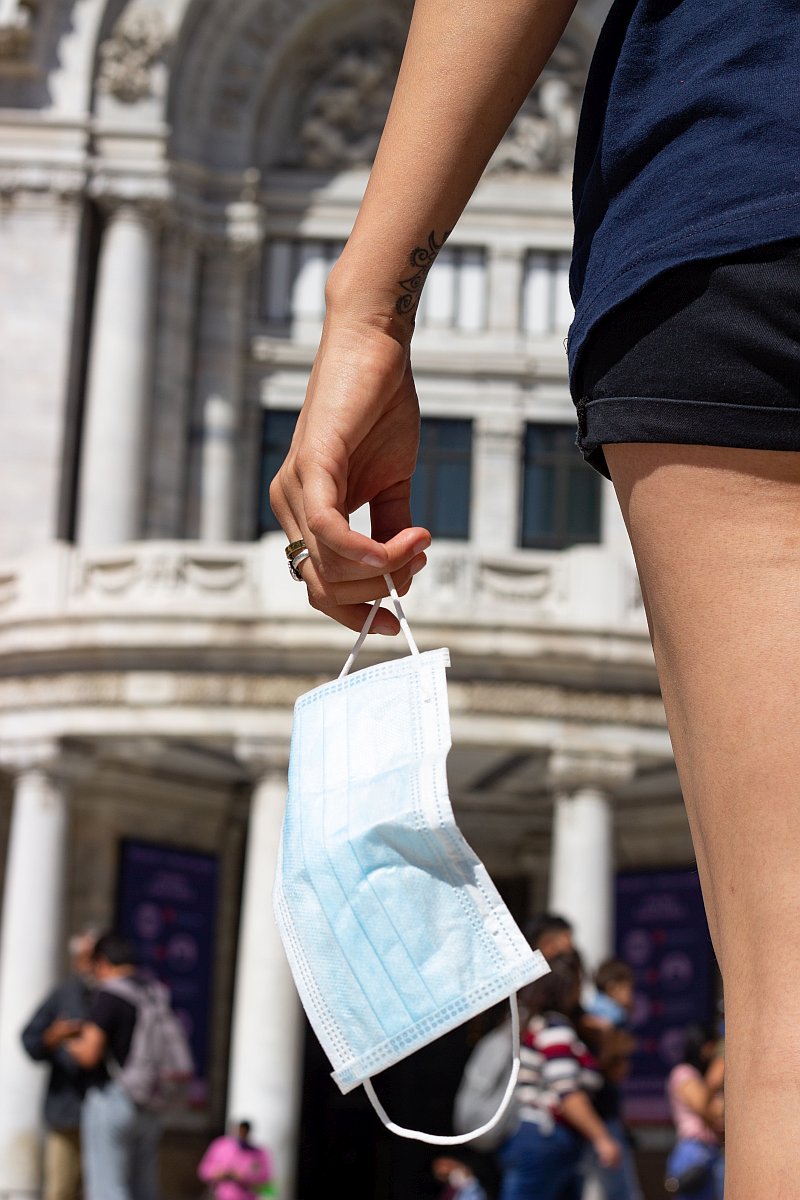
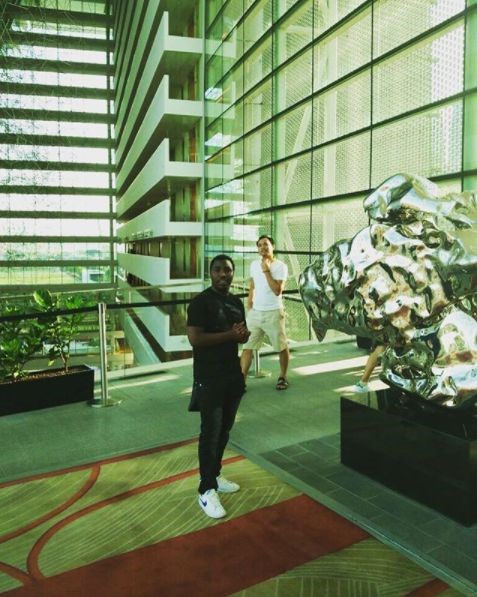

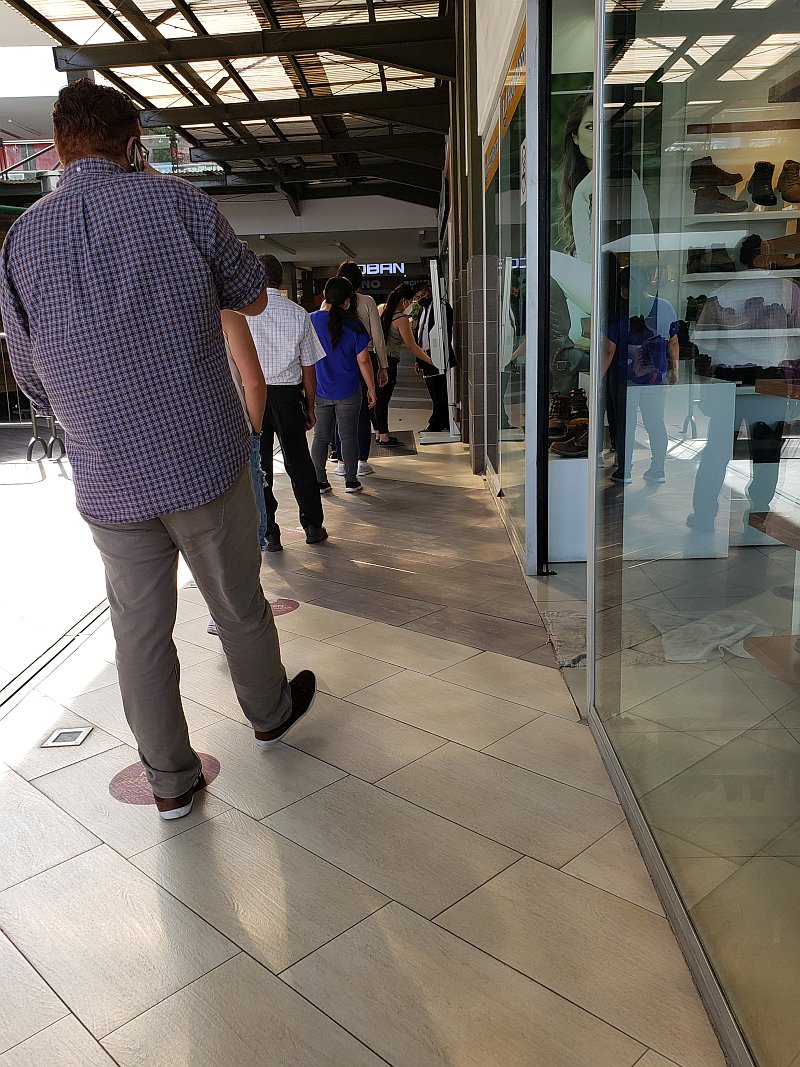
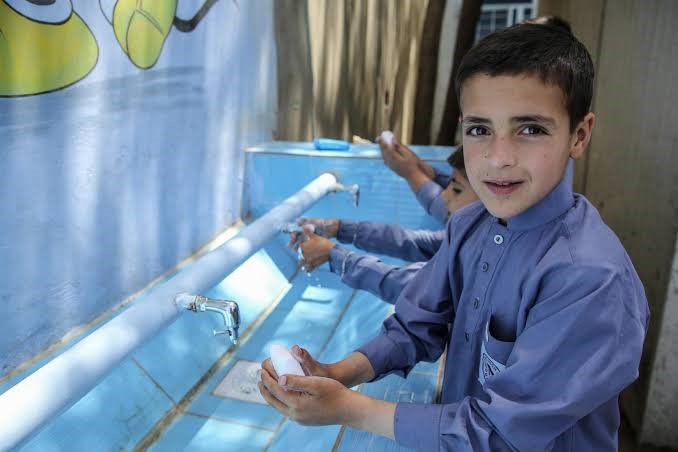
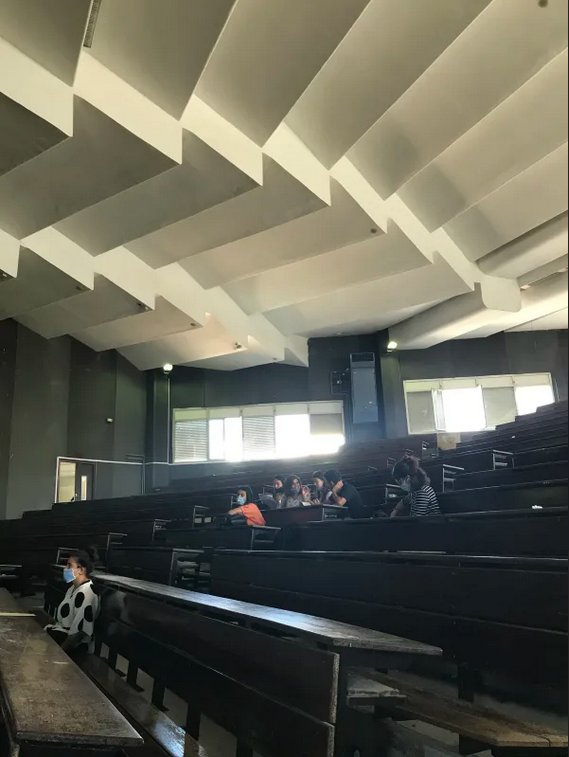
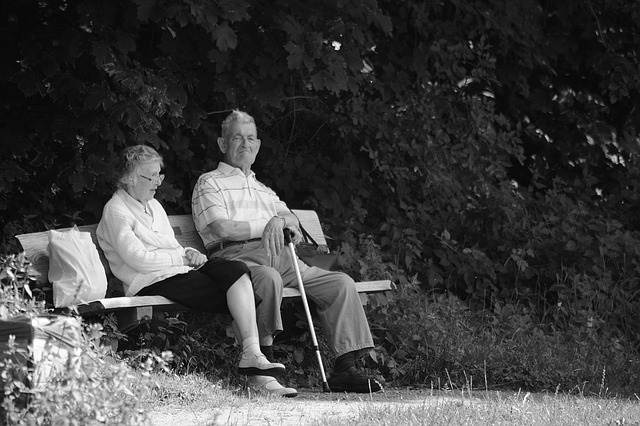

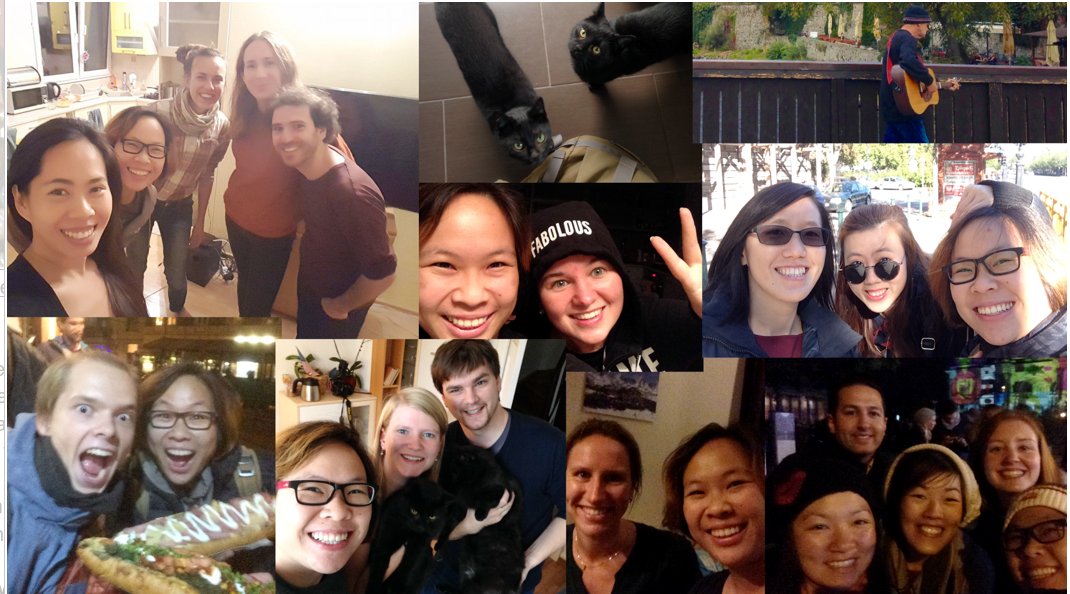
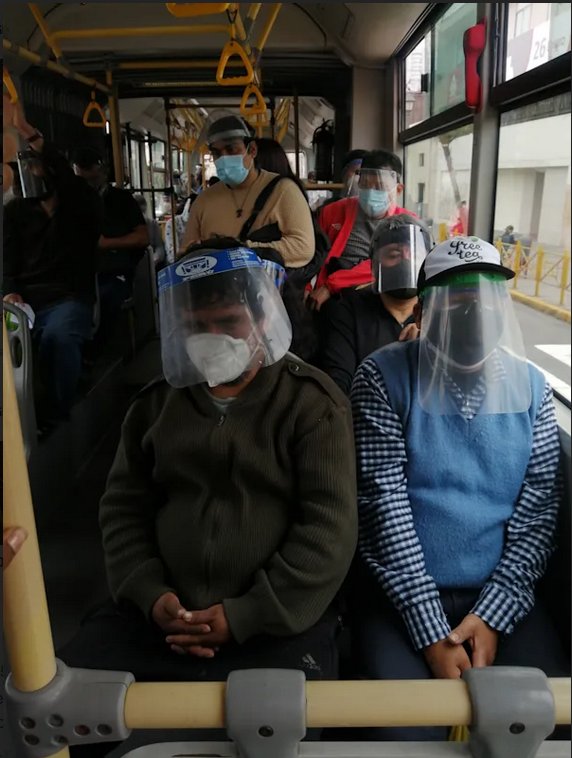
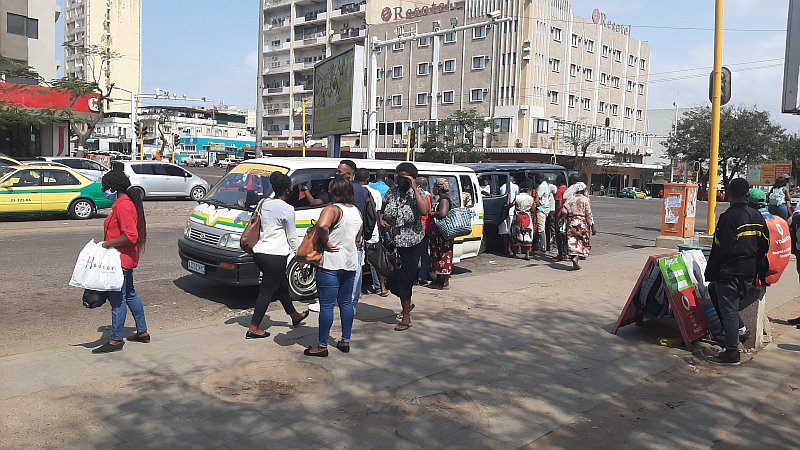

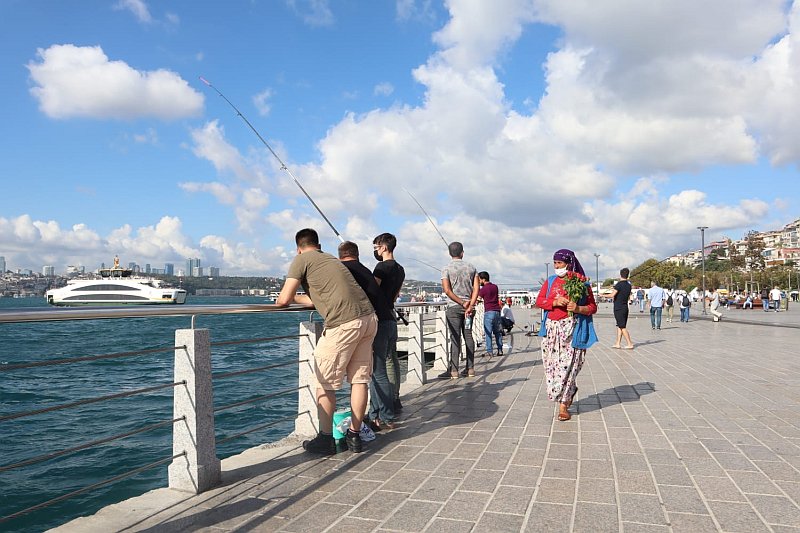
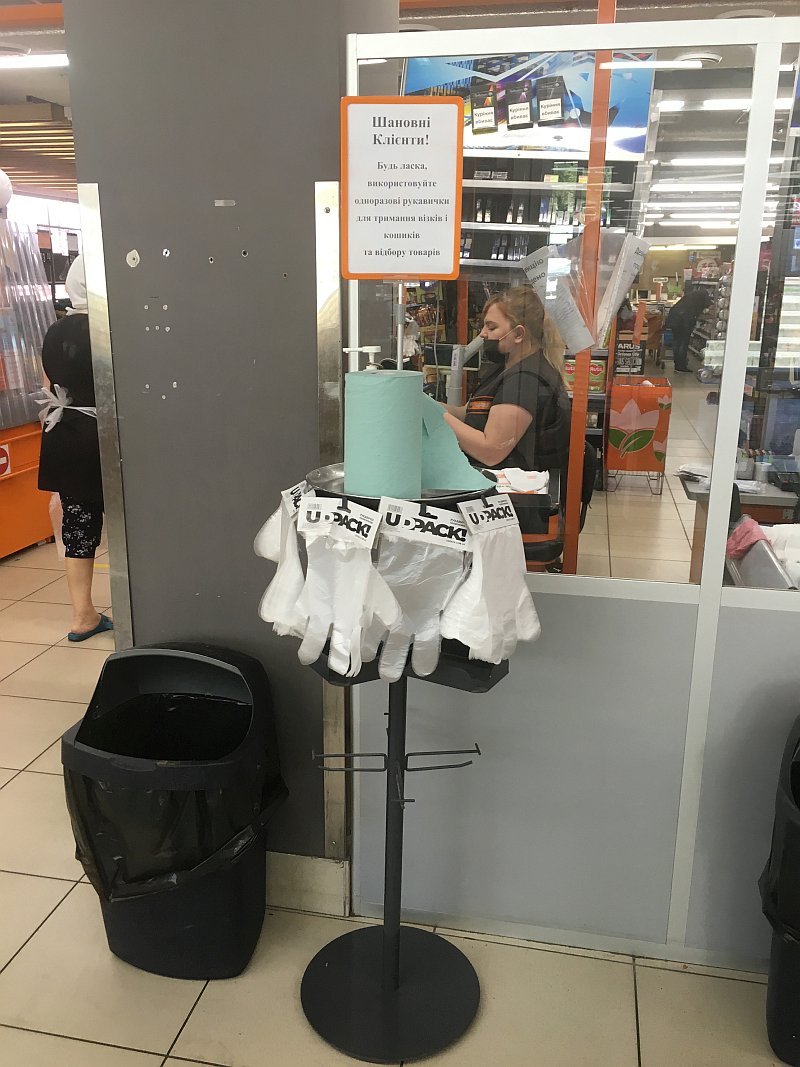
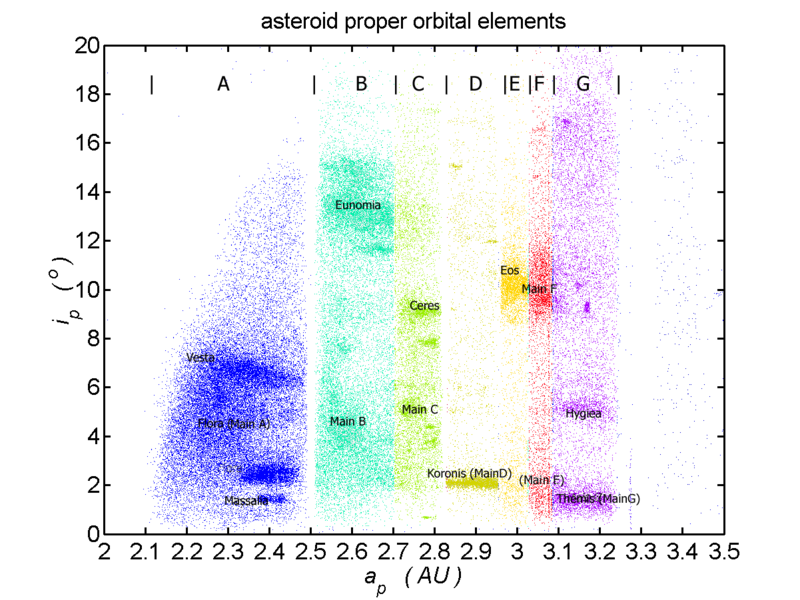
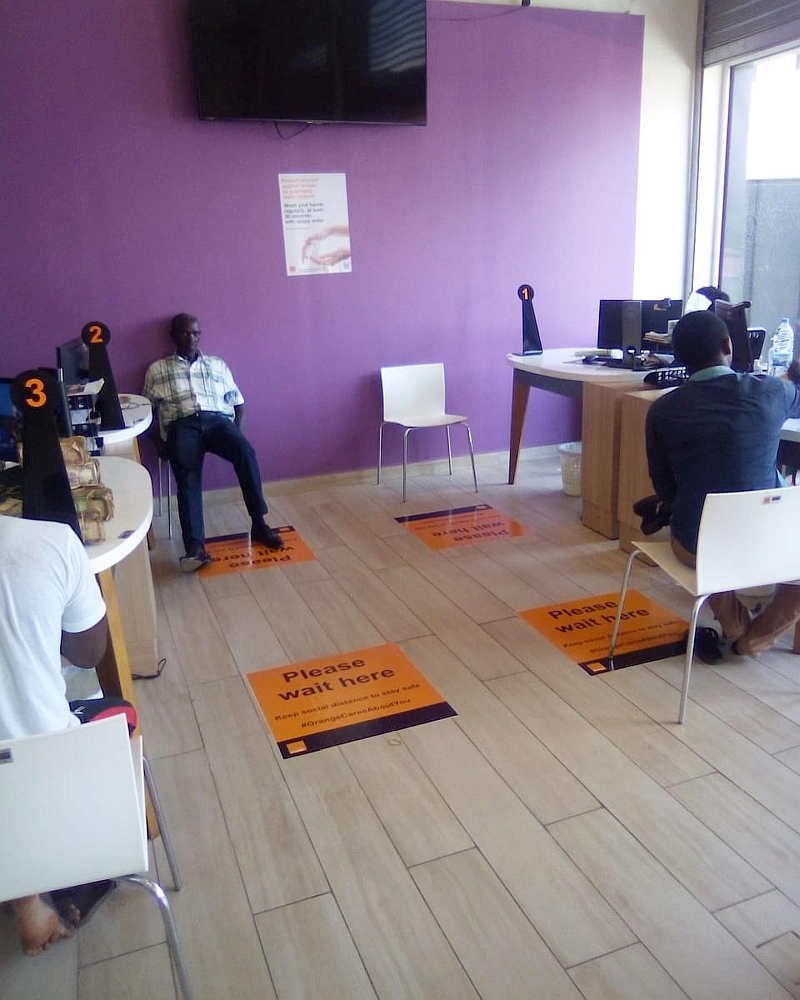
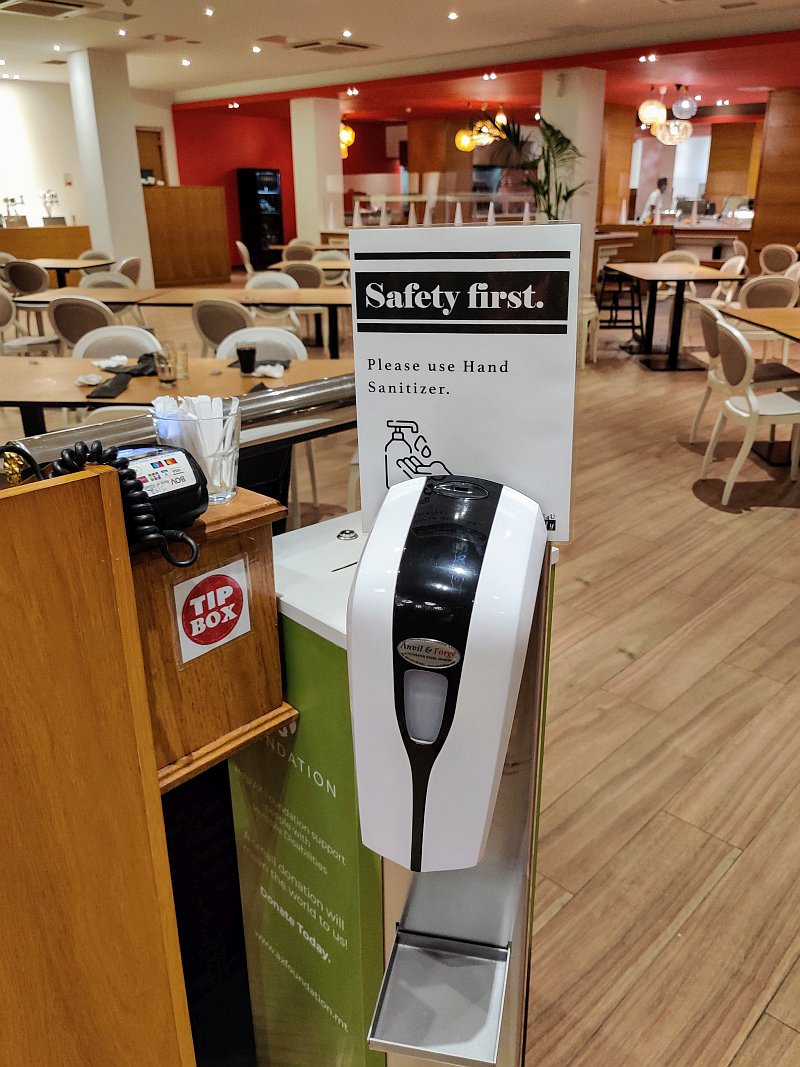
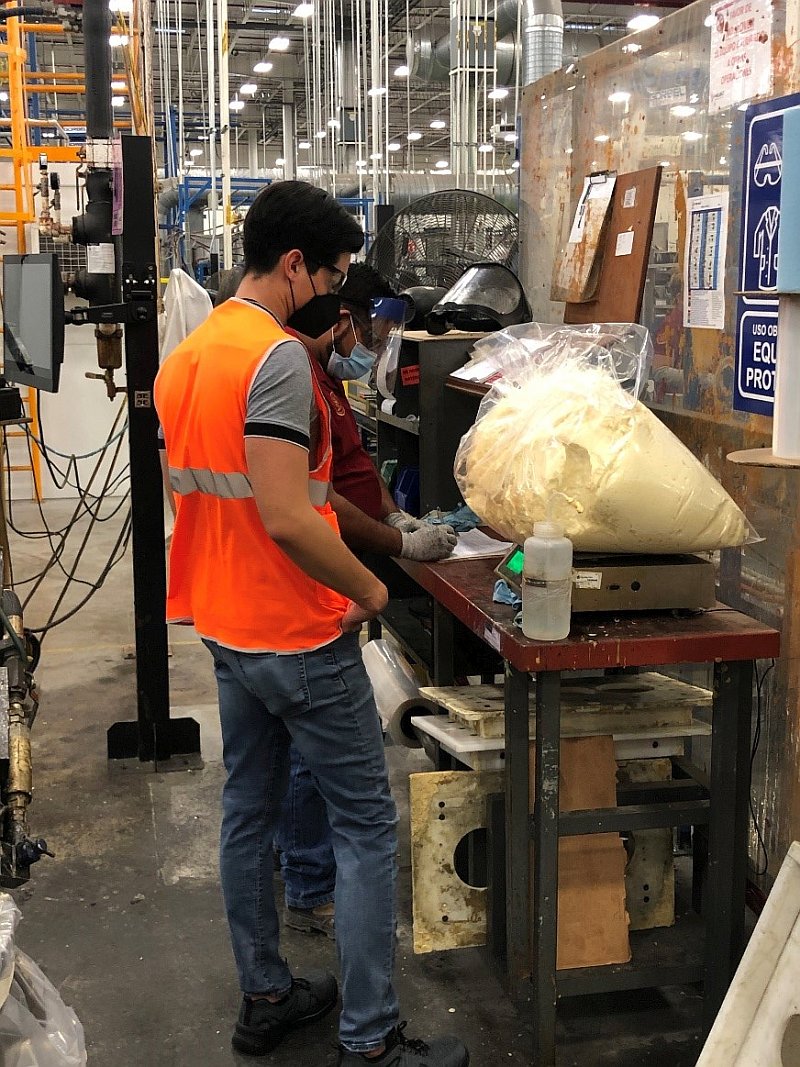
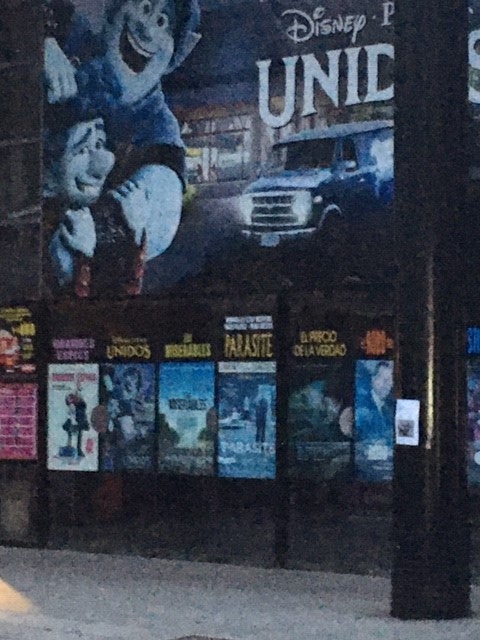
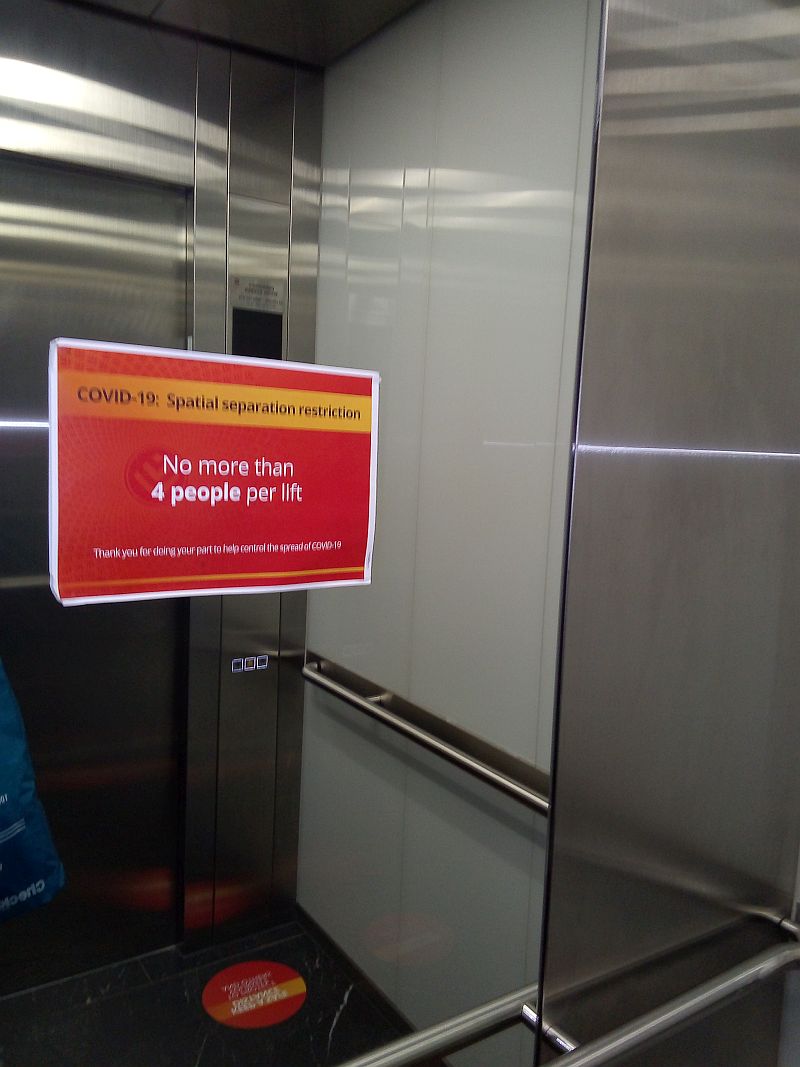
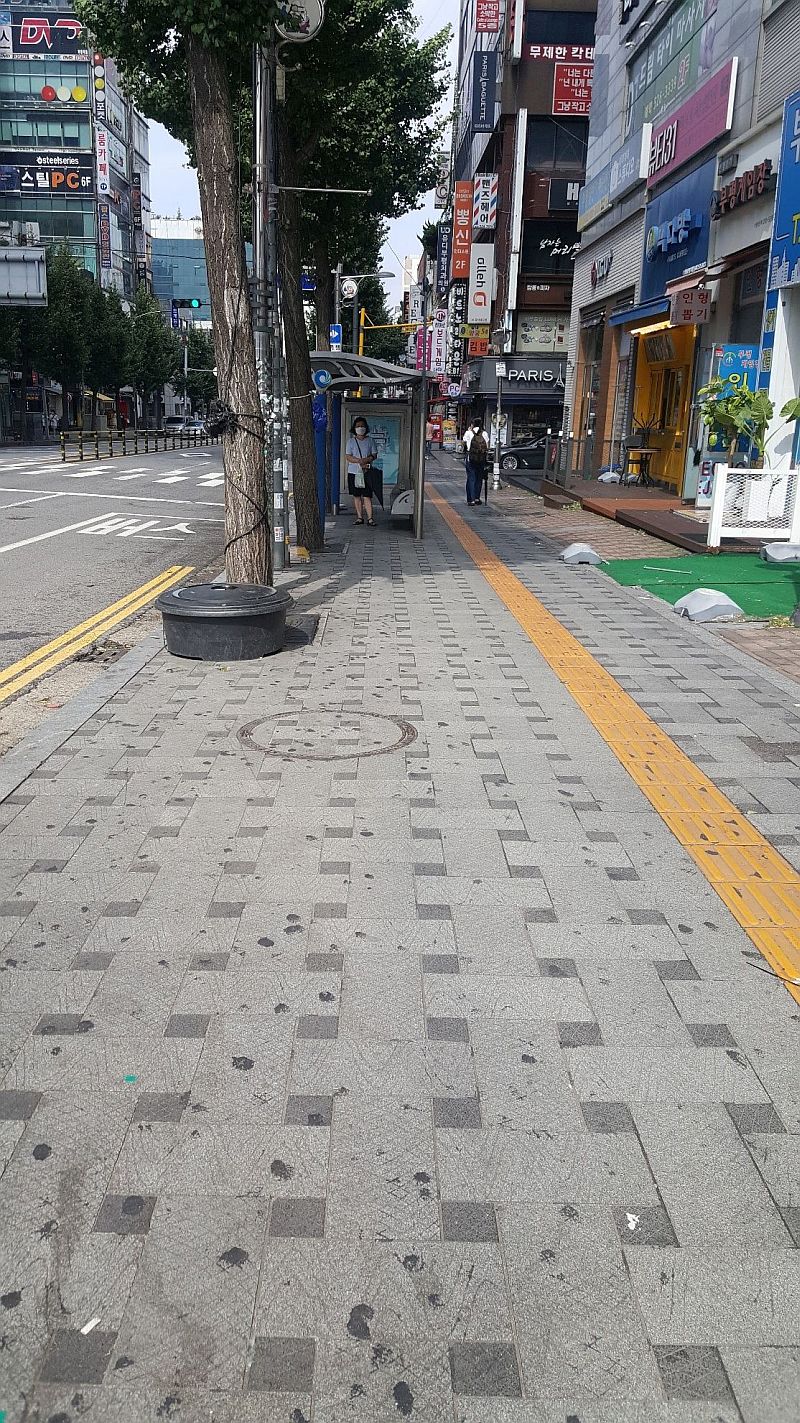
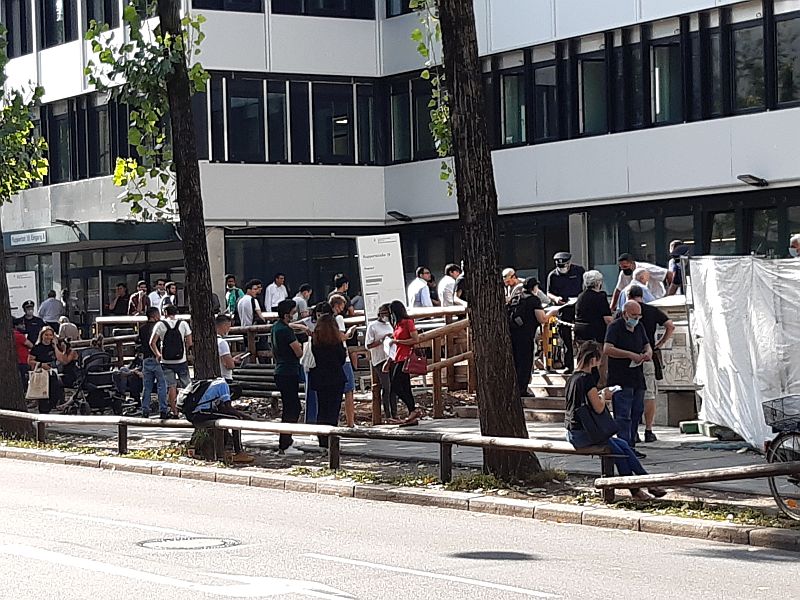
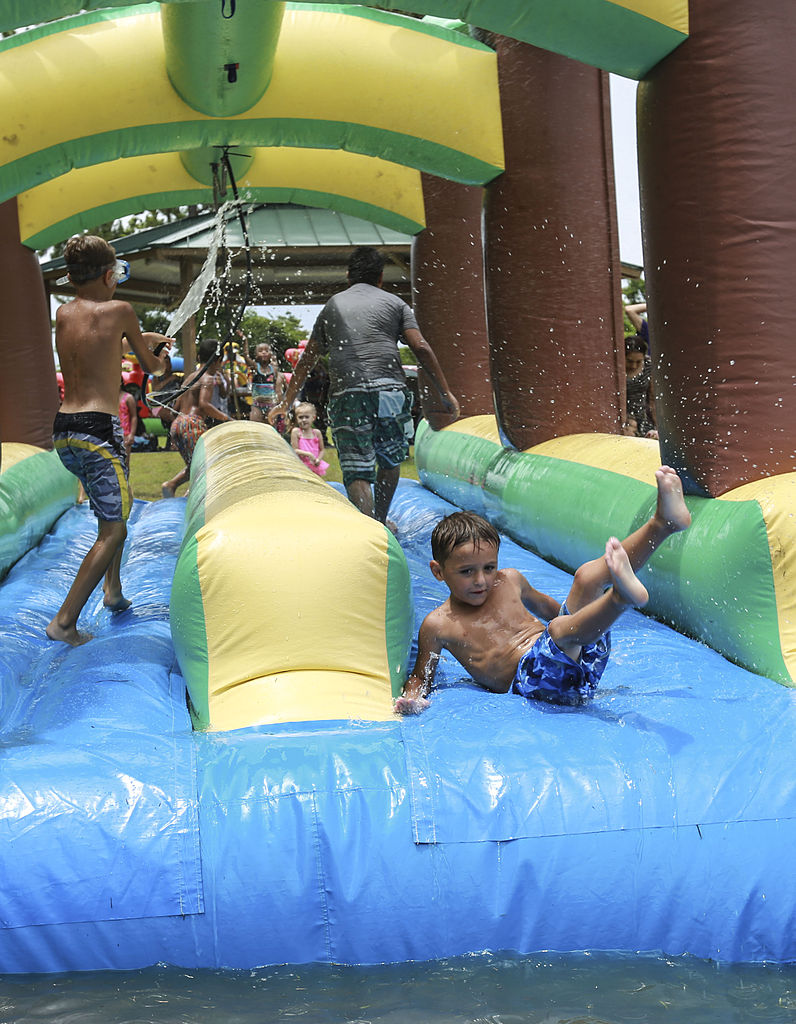
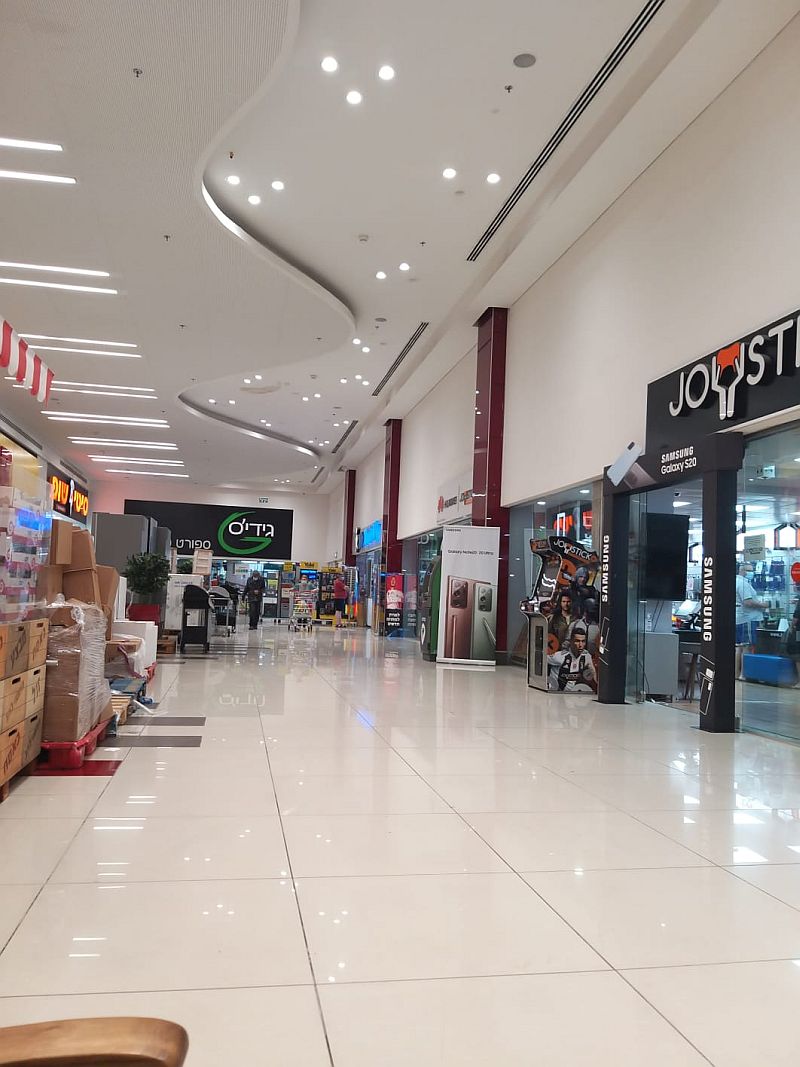
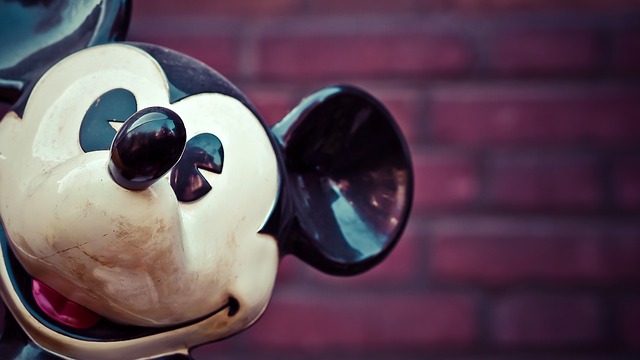
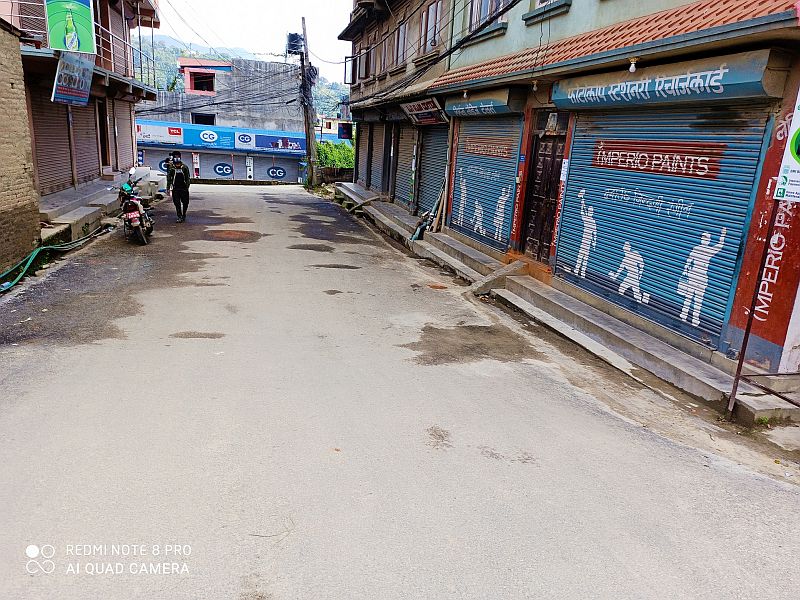
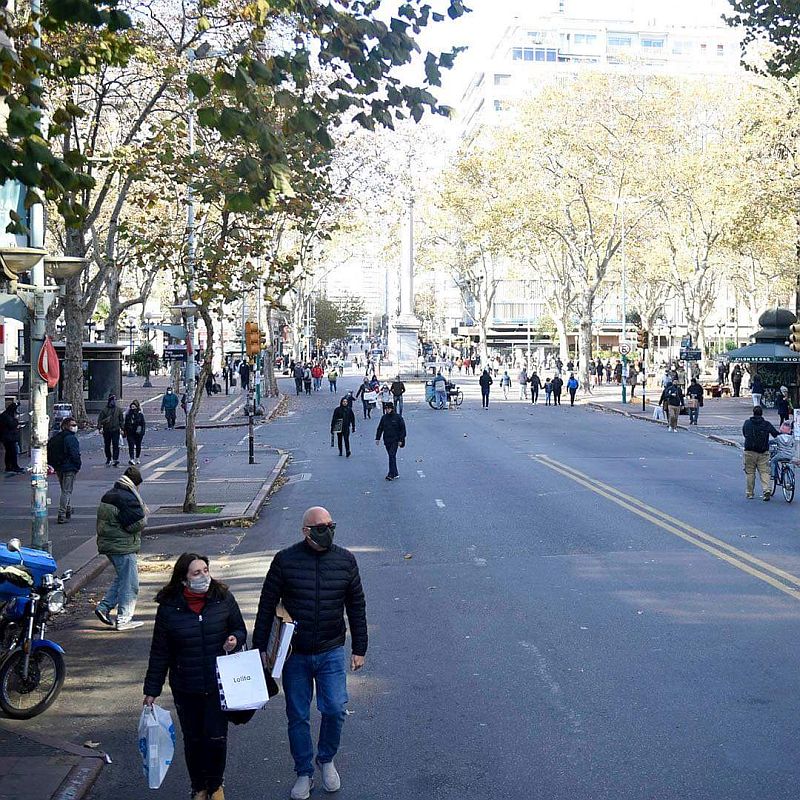
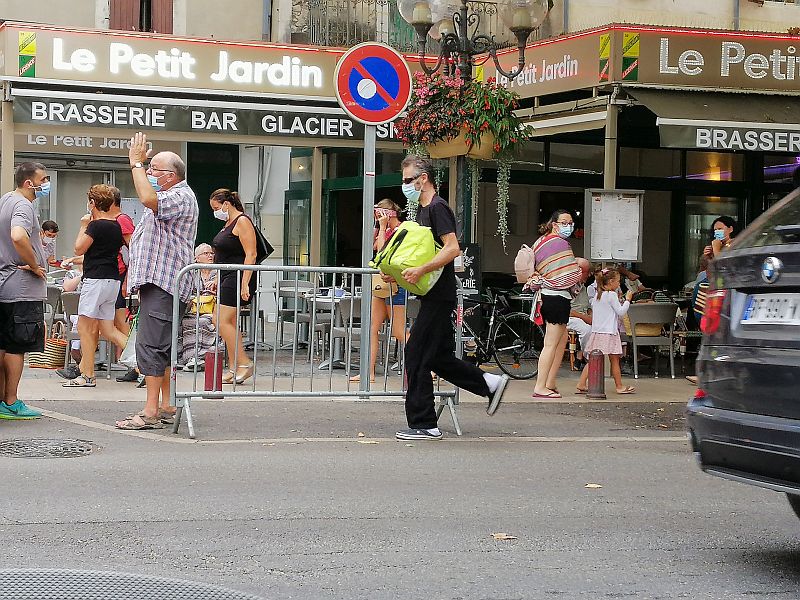
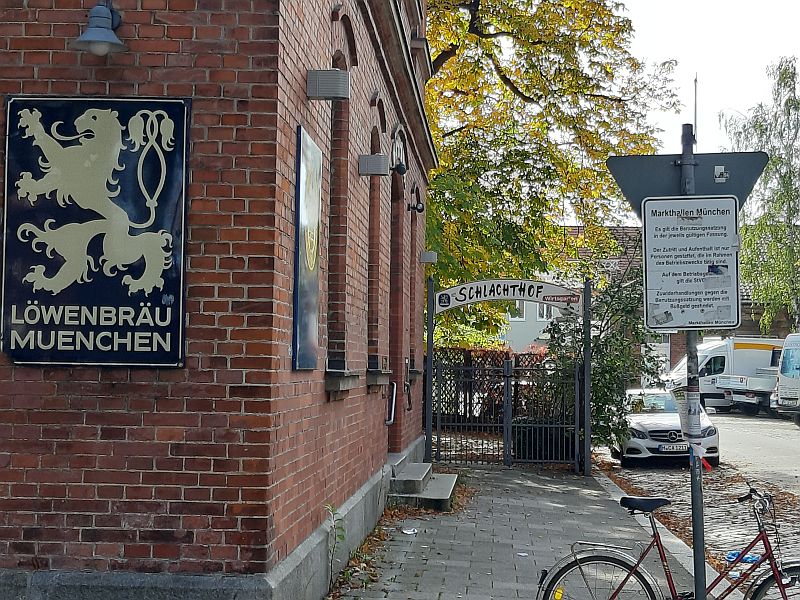
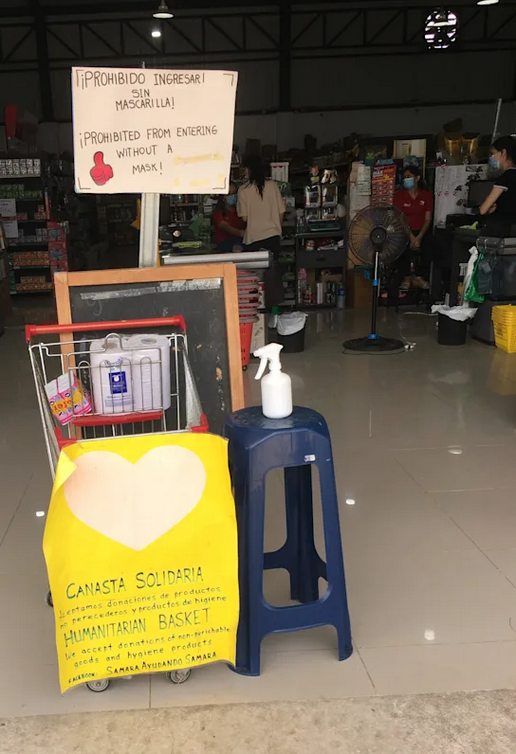
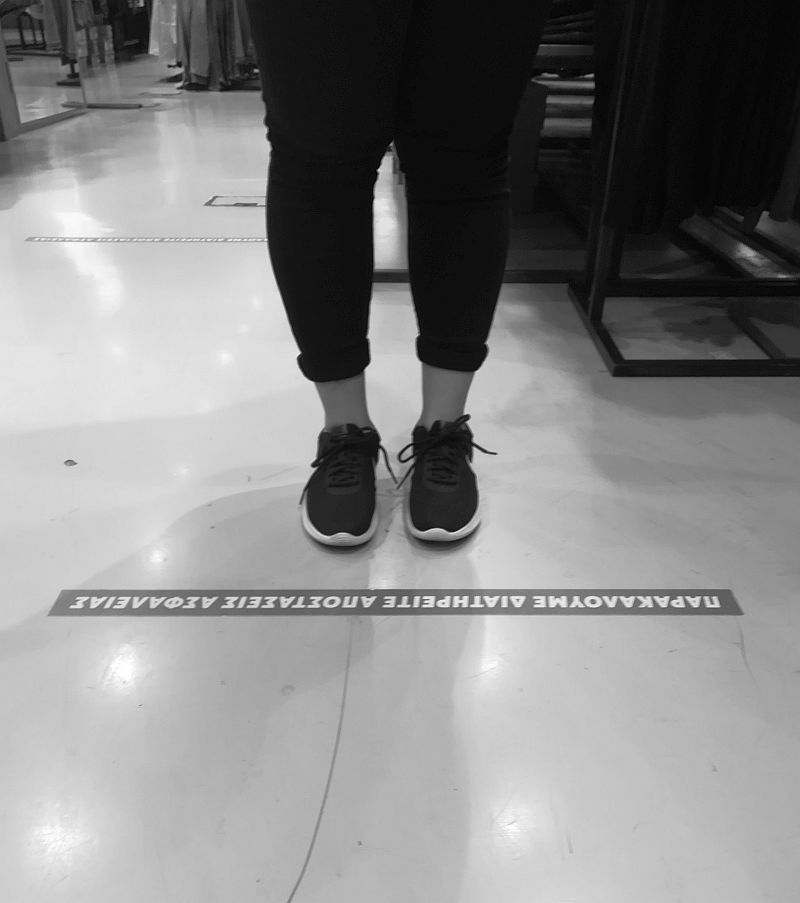
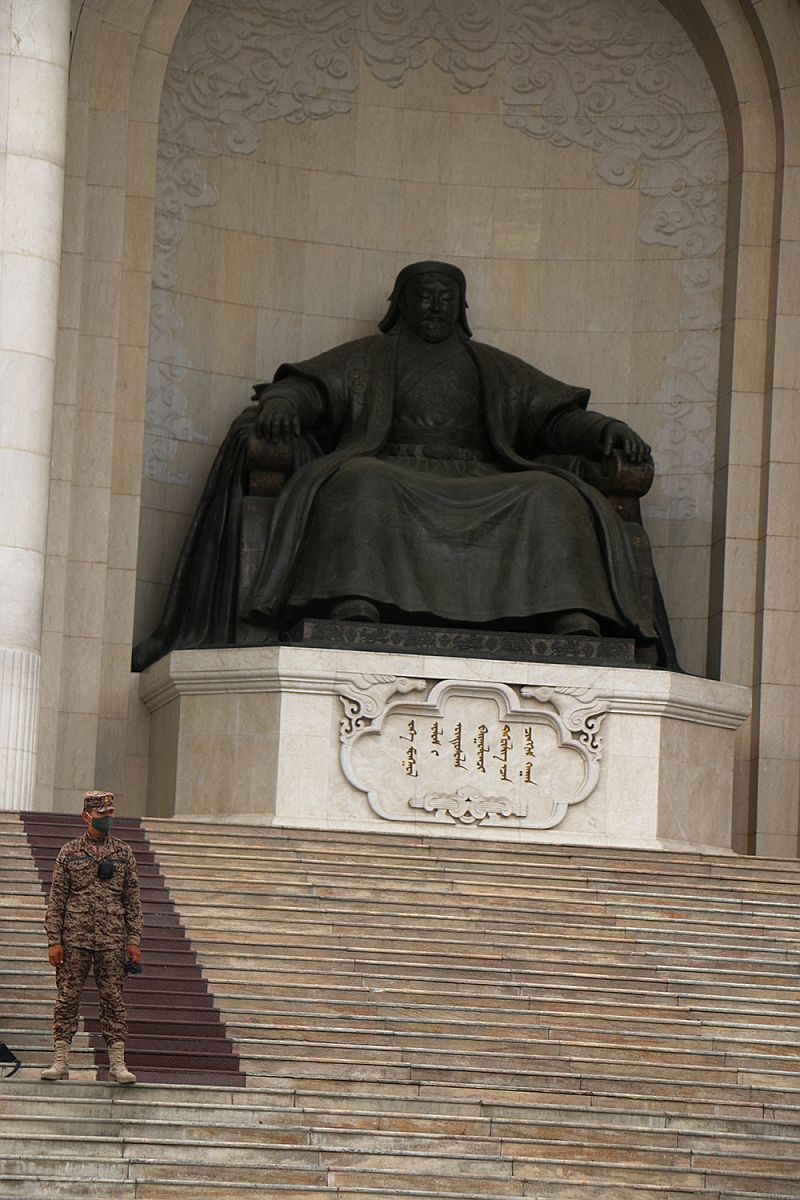

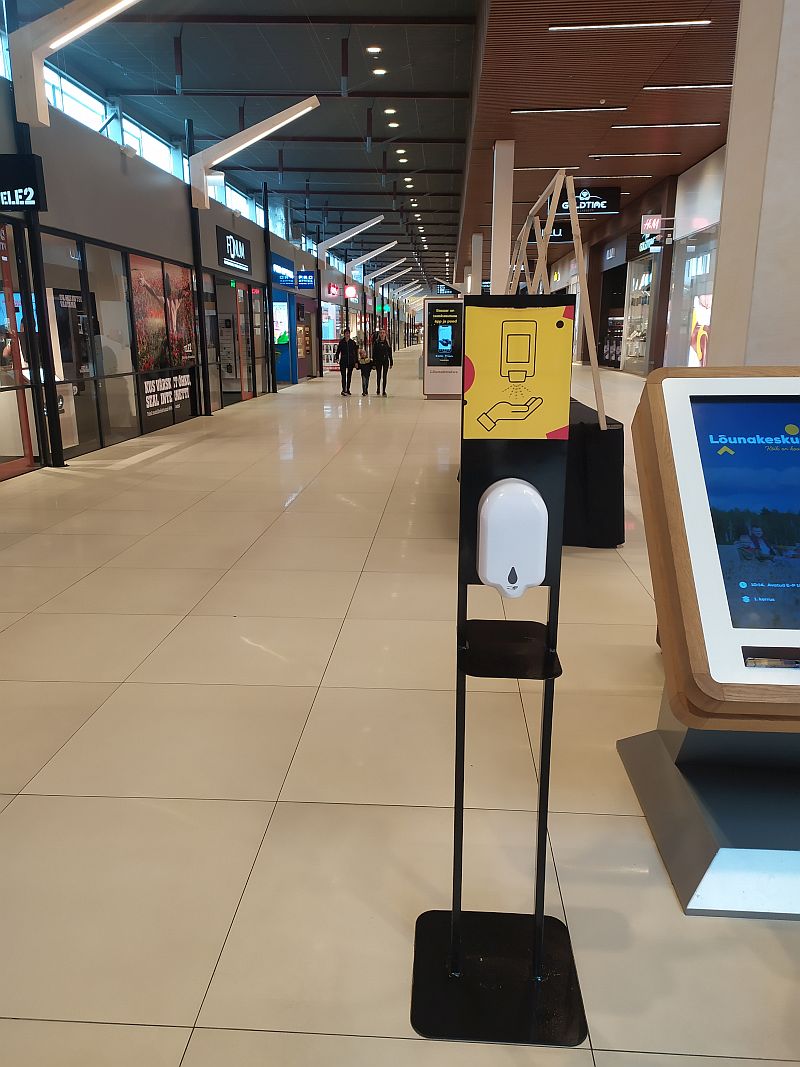
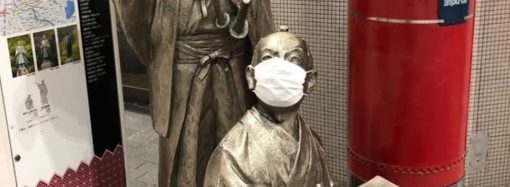
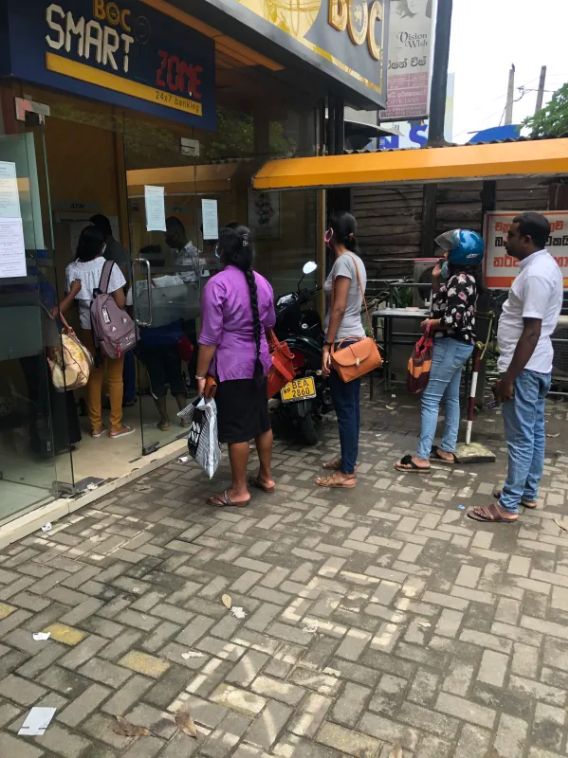
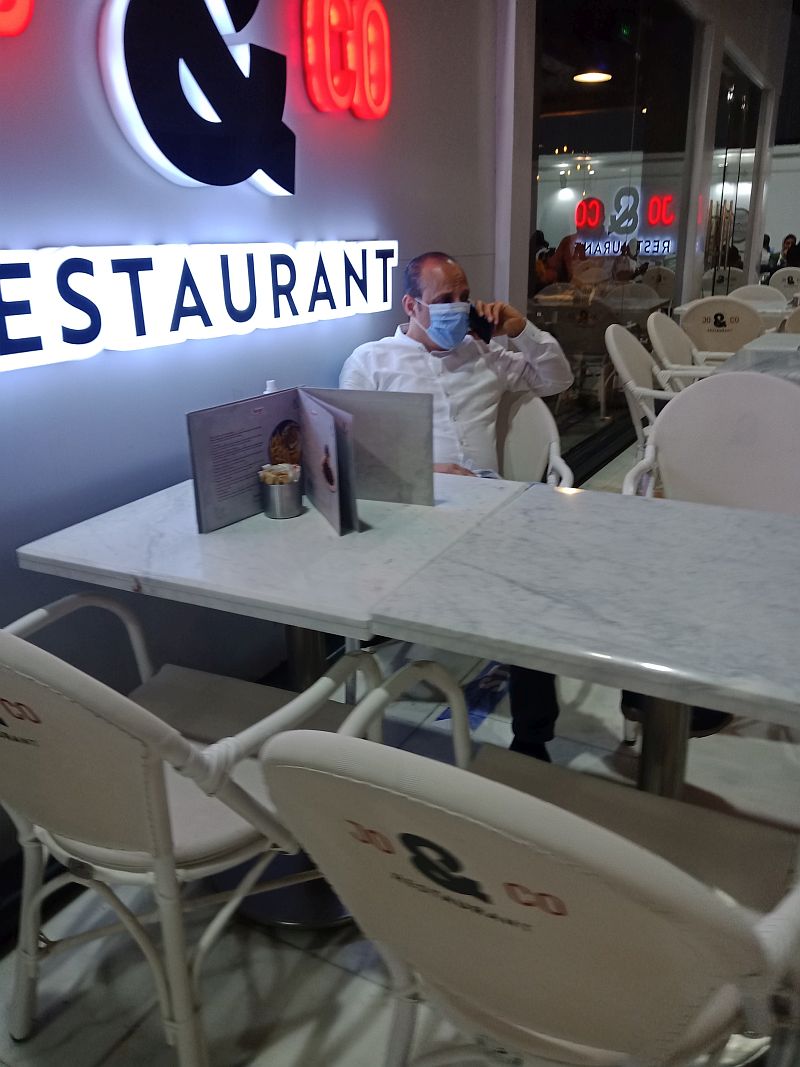

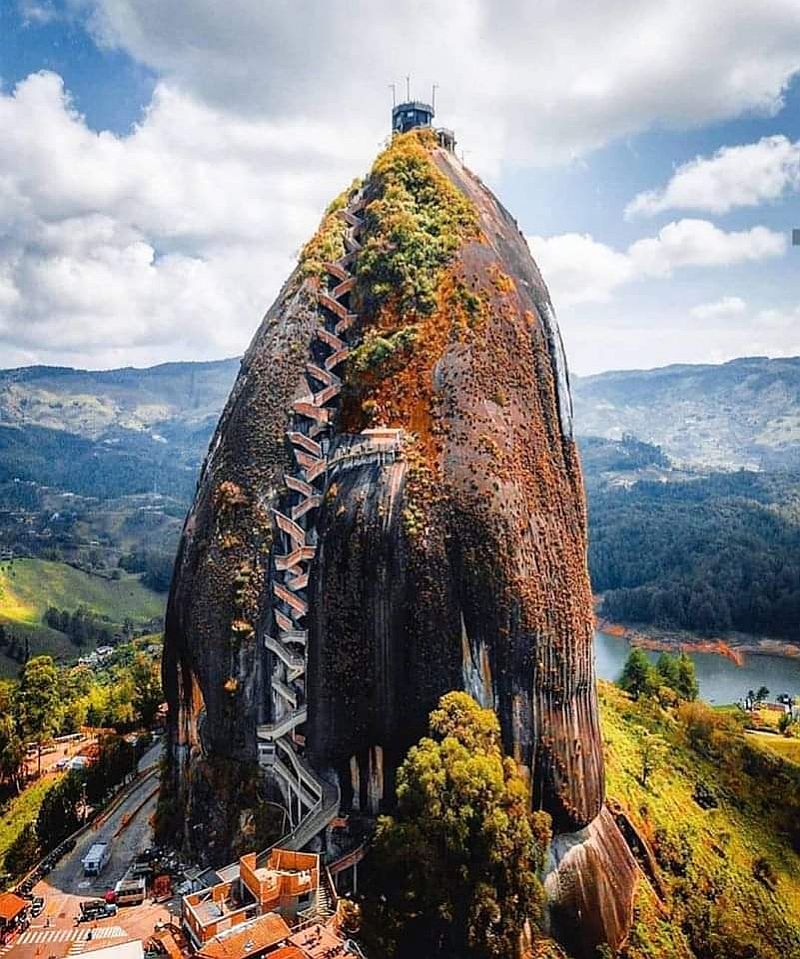

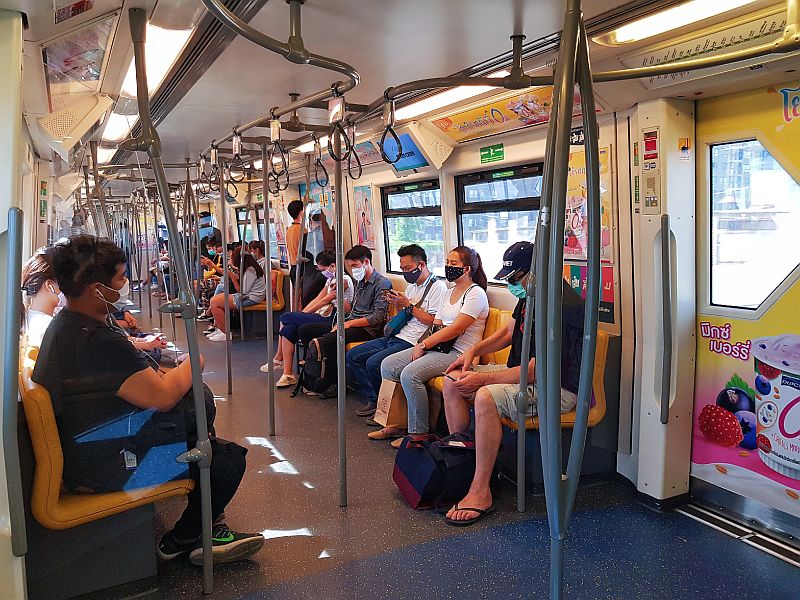
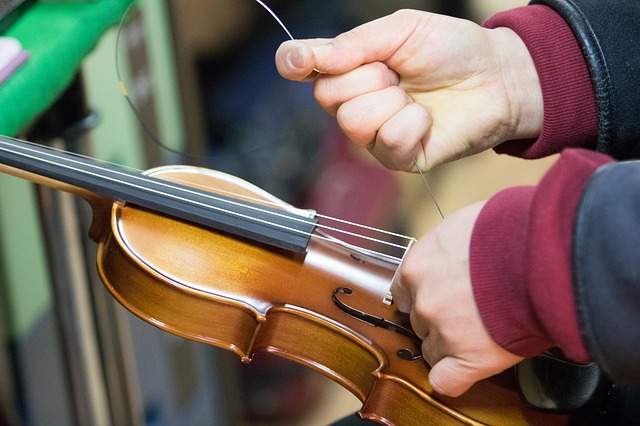
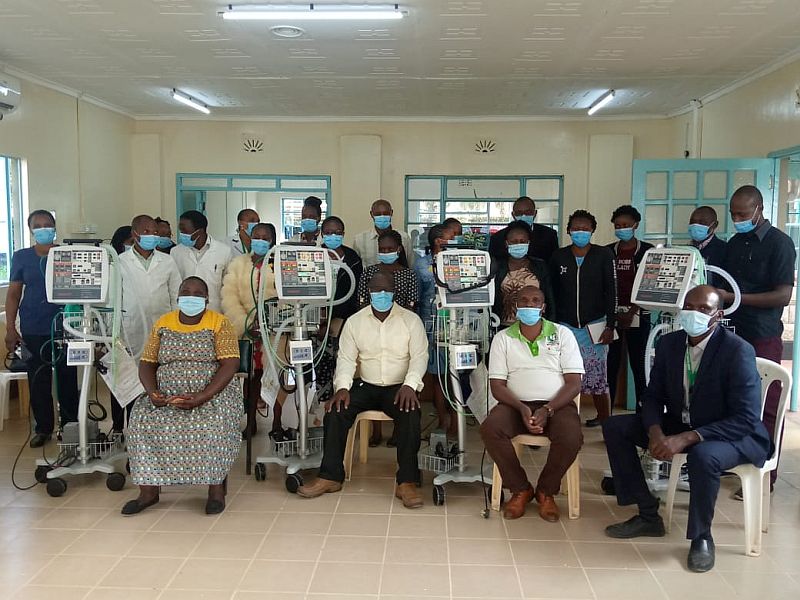
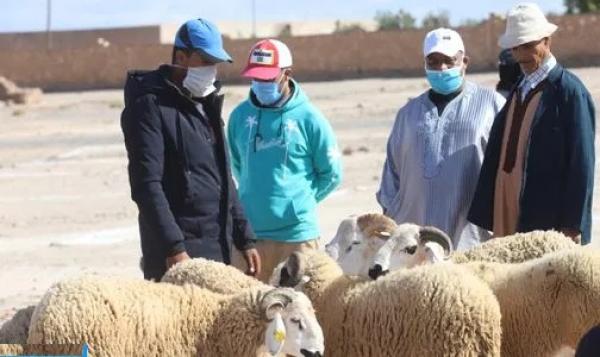

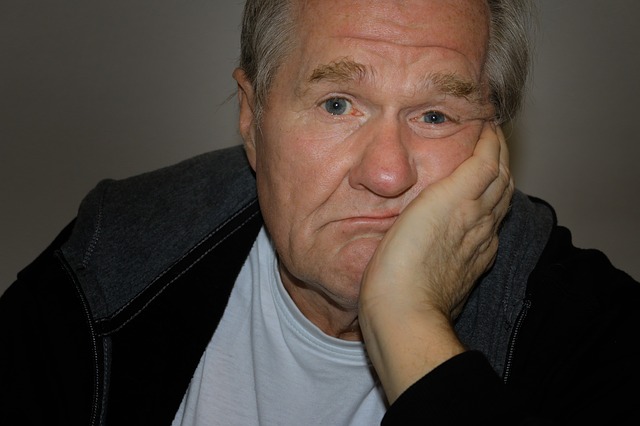

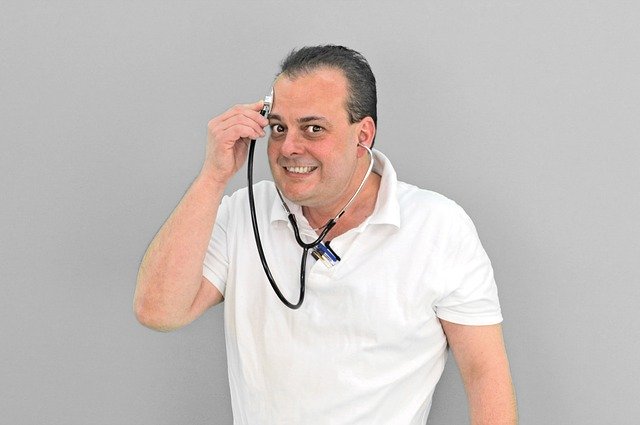
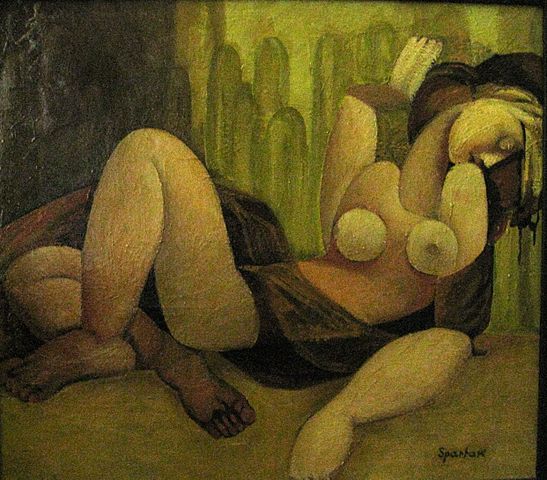
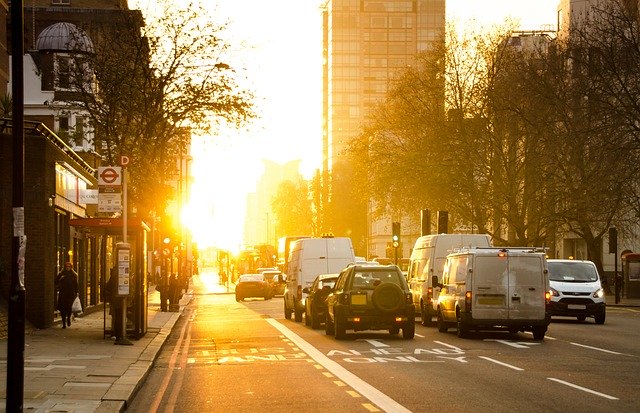
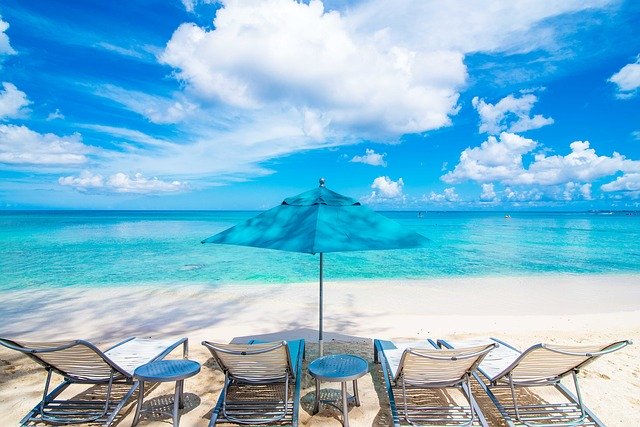
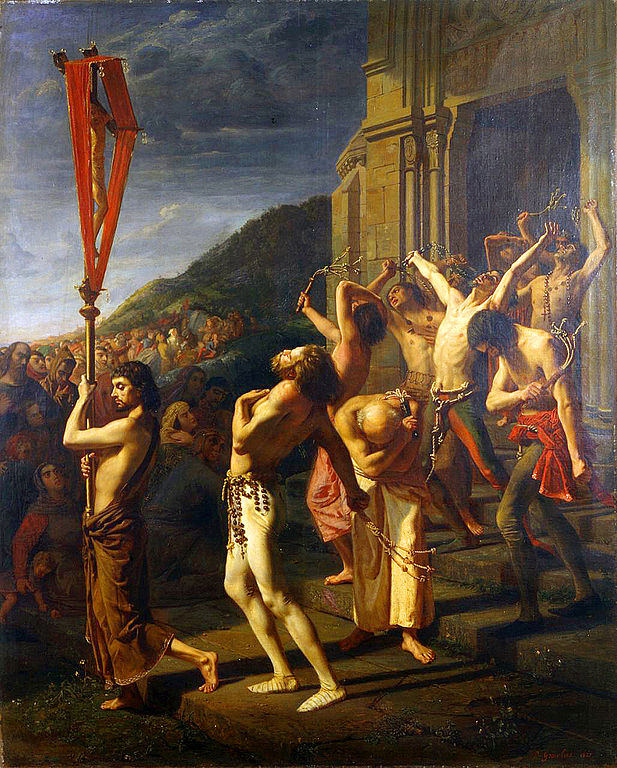
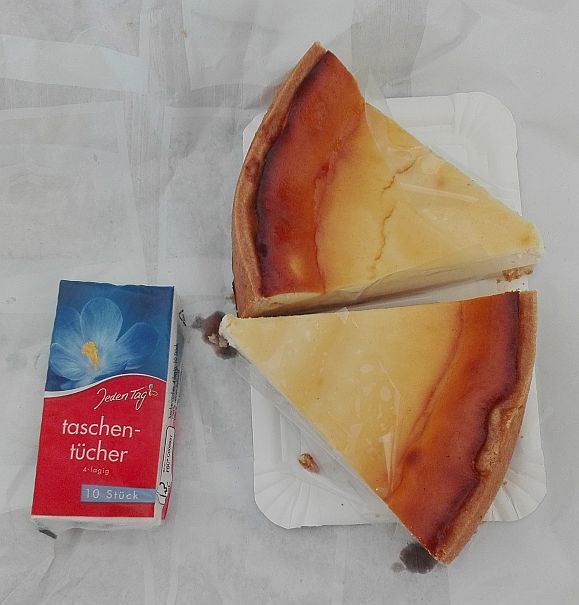

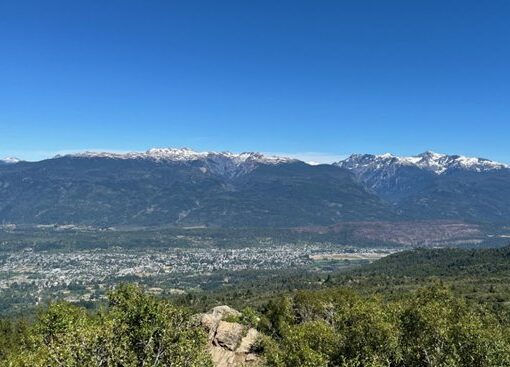
Leave a Comment
Your email address will not be published. Required fields are marked with *